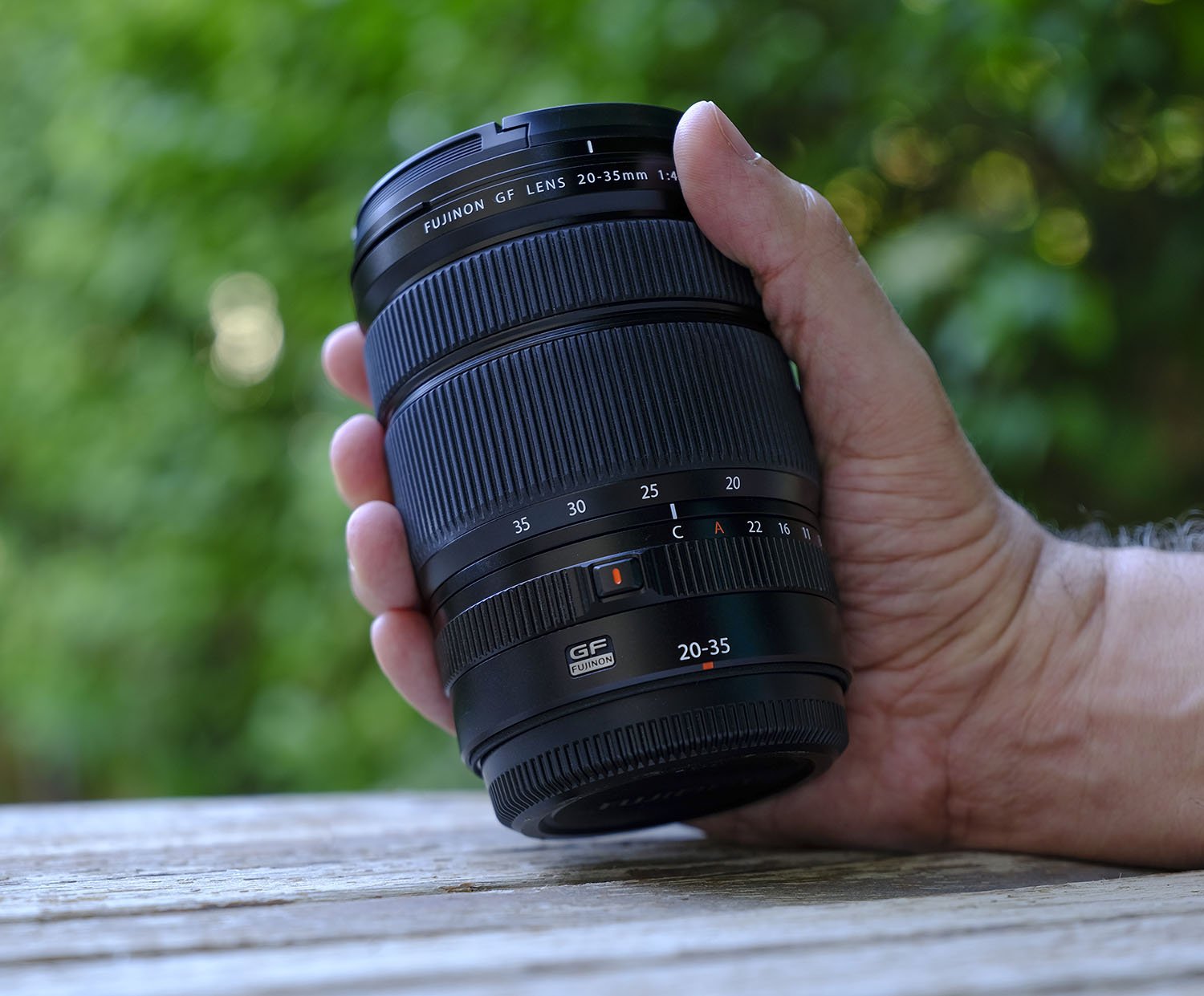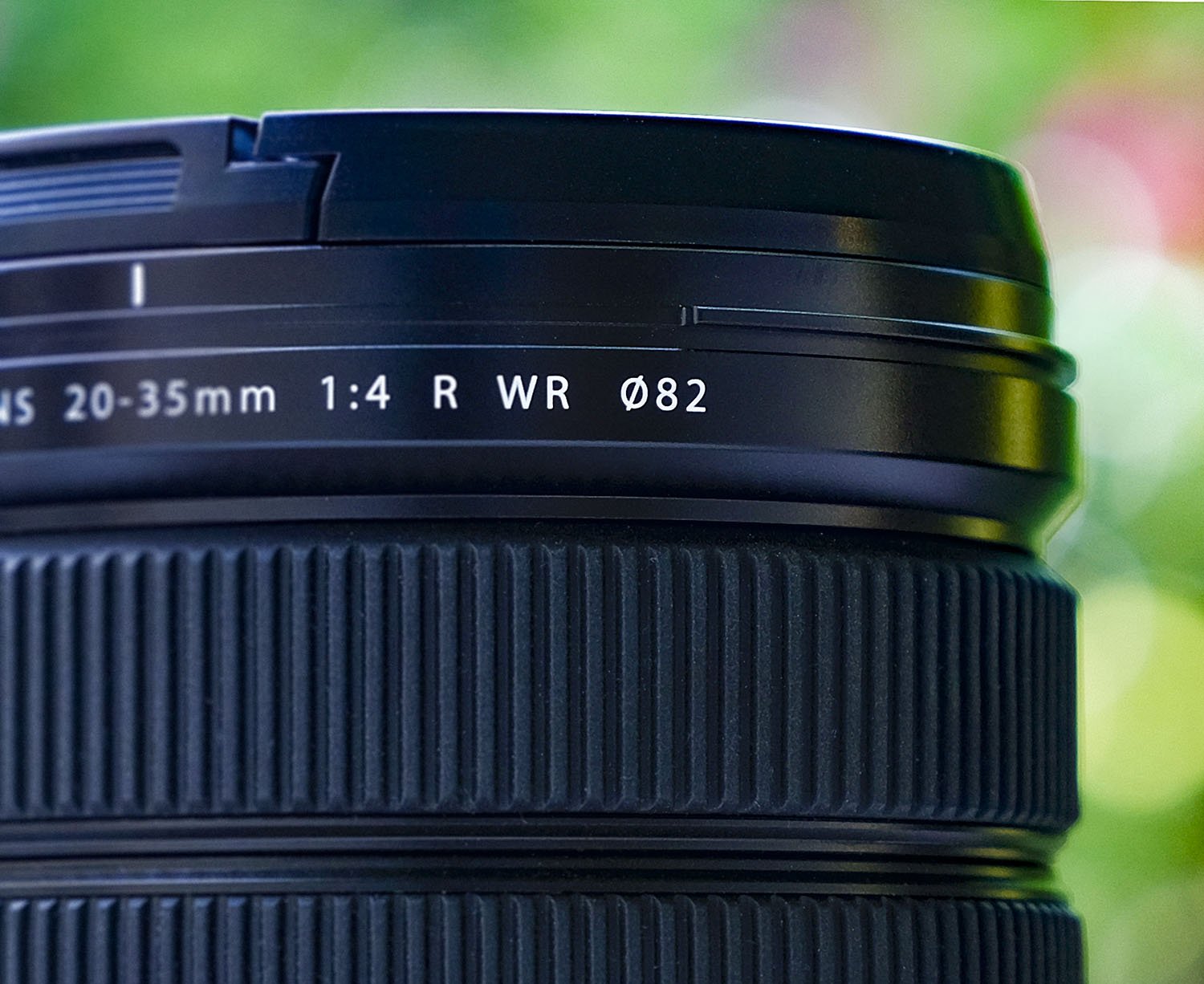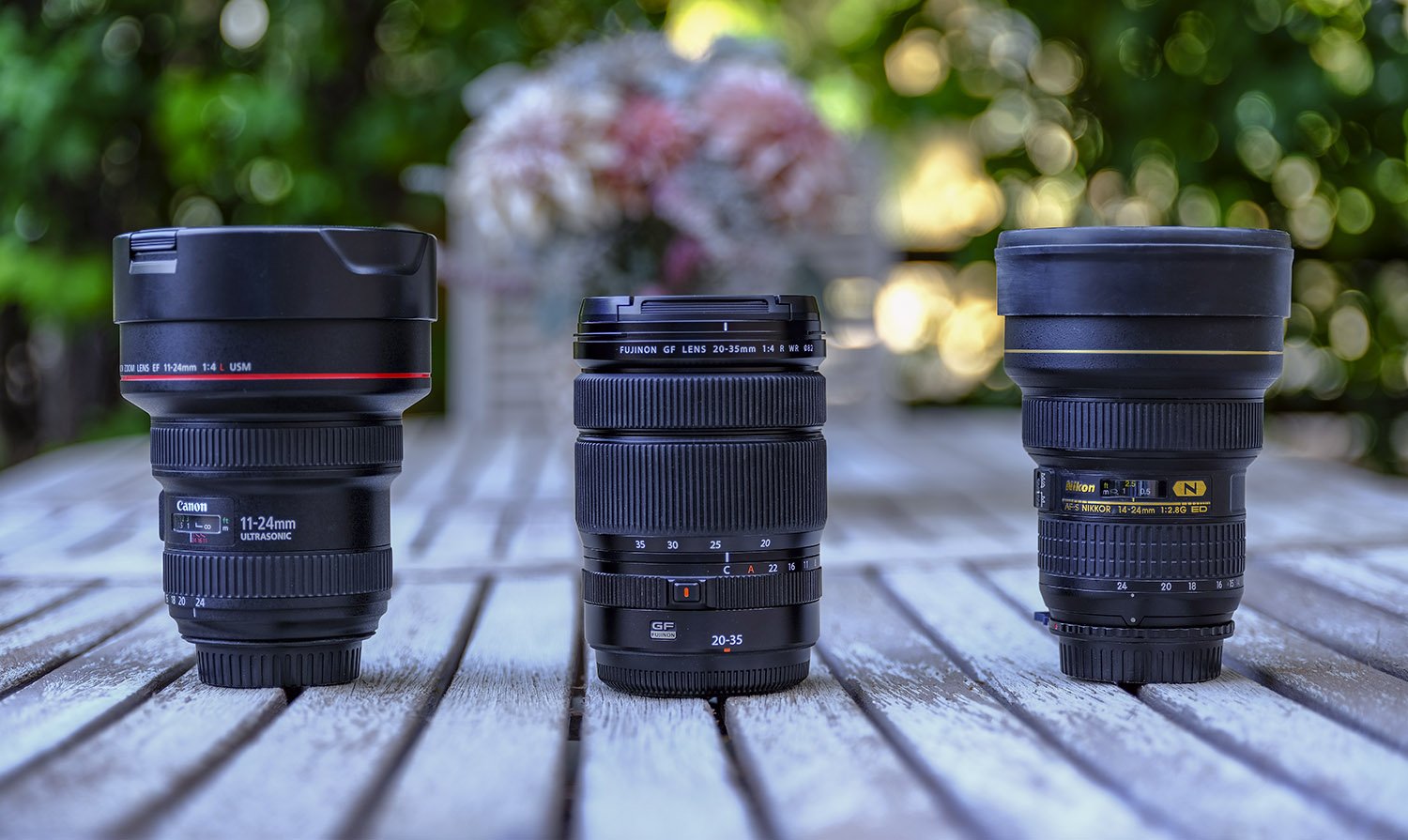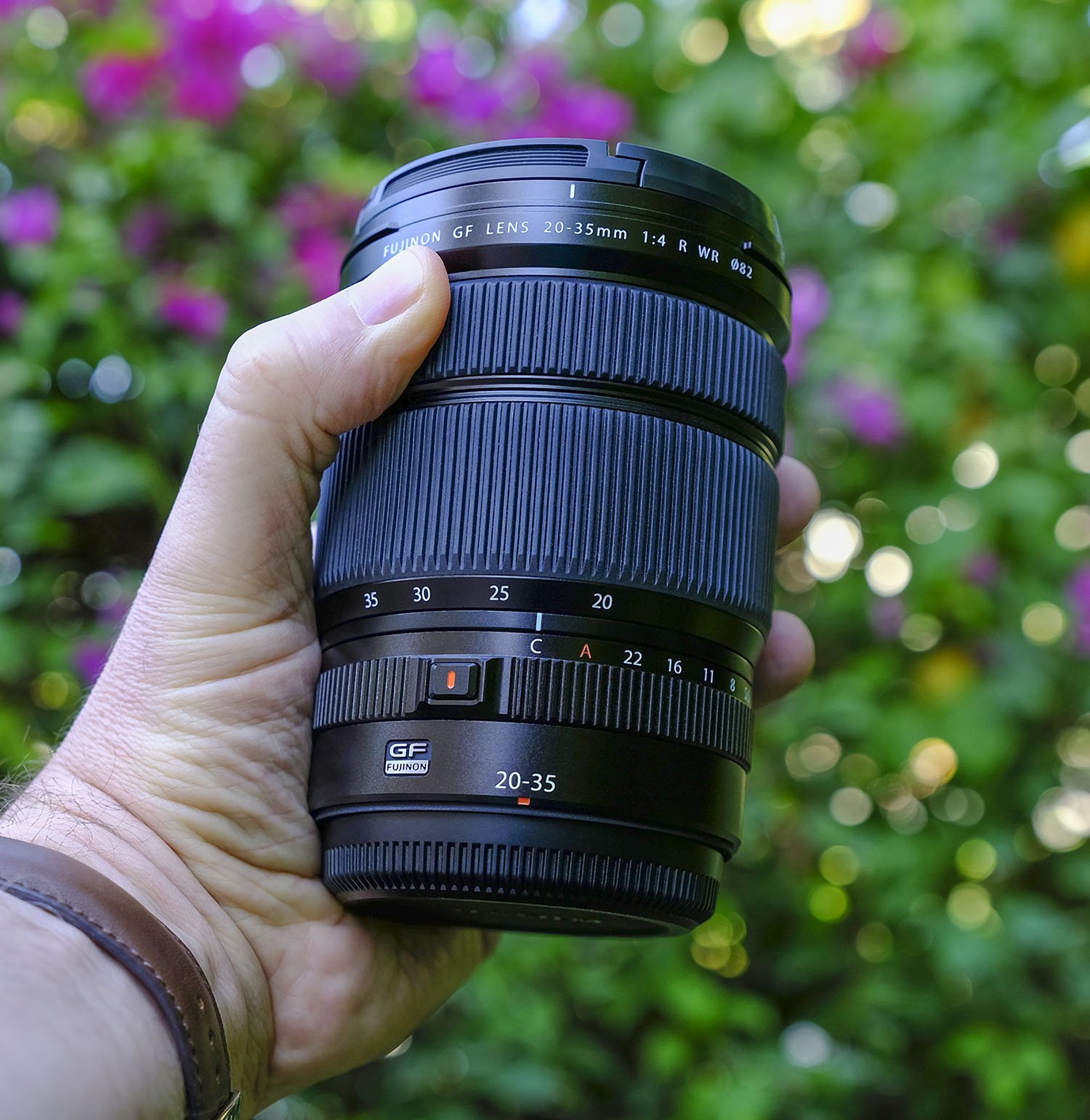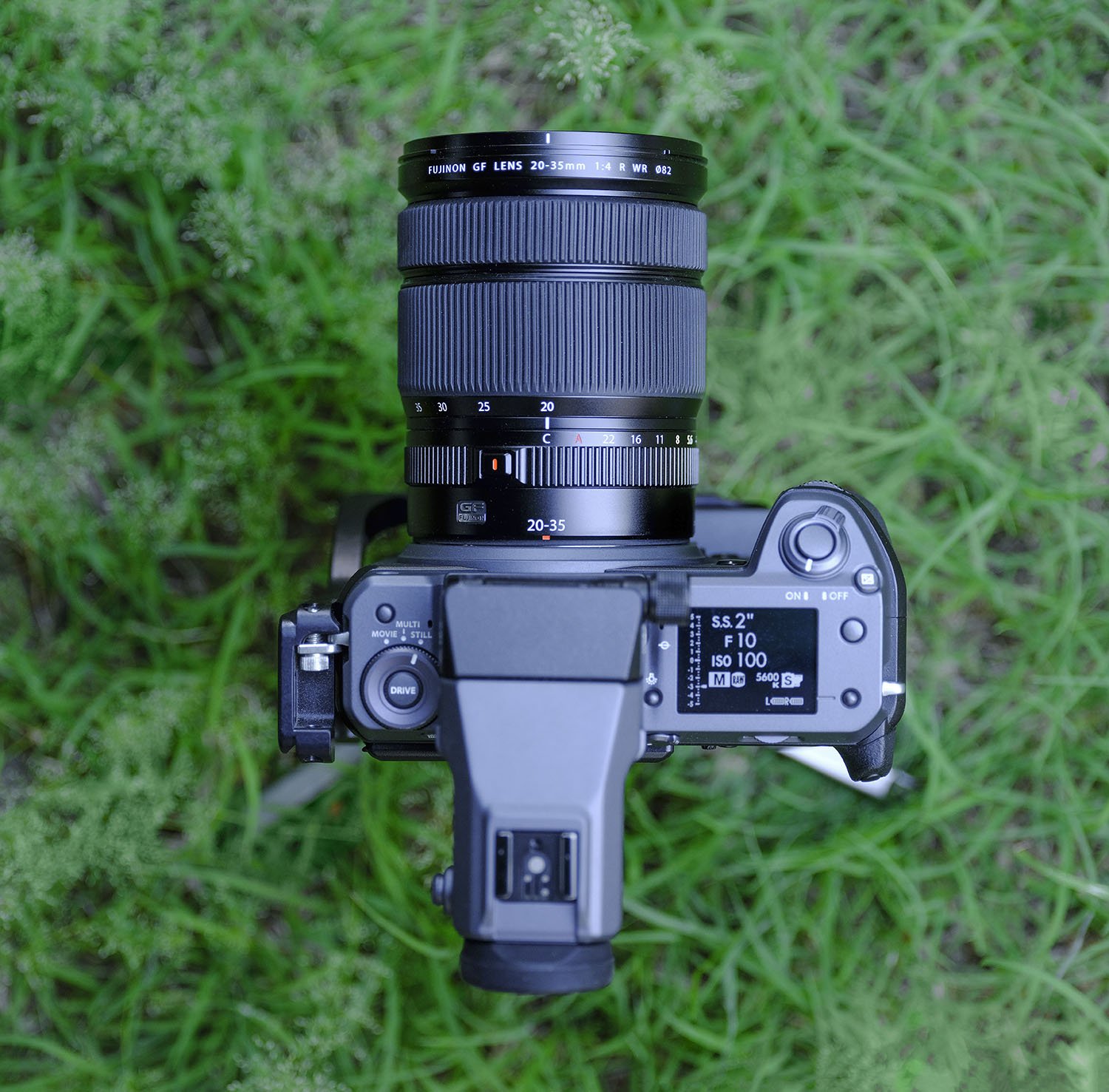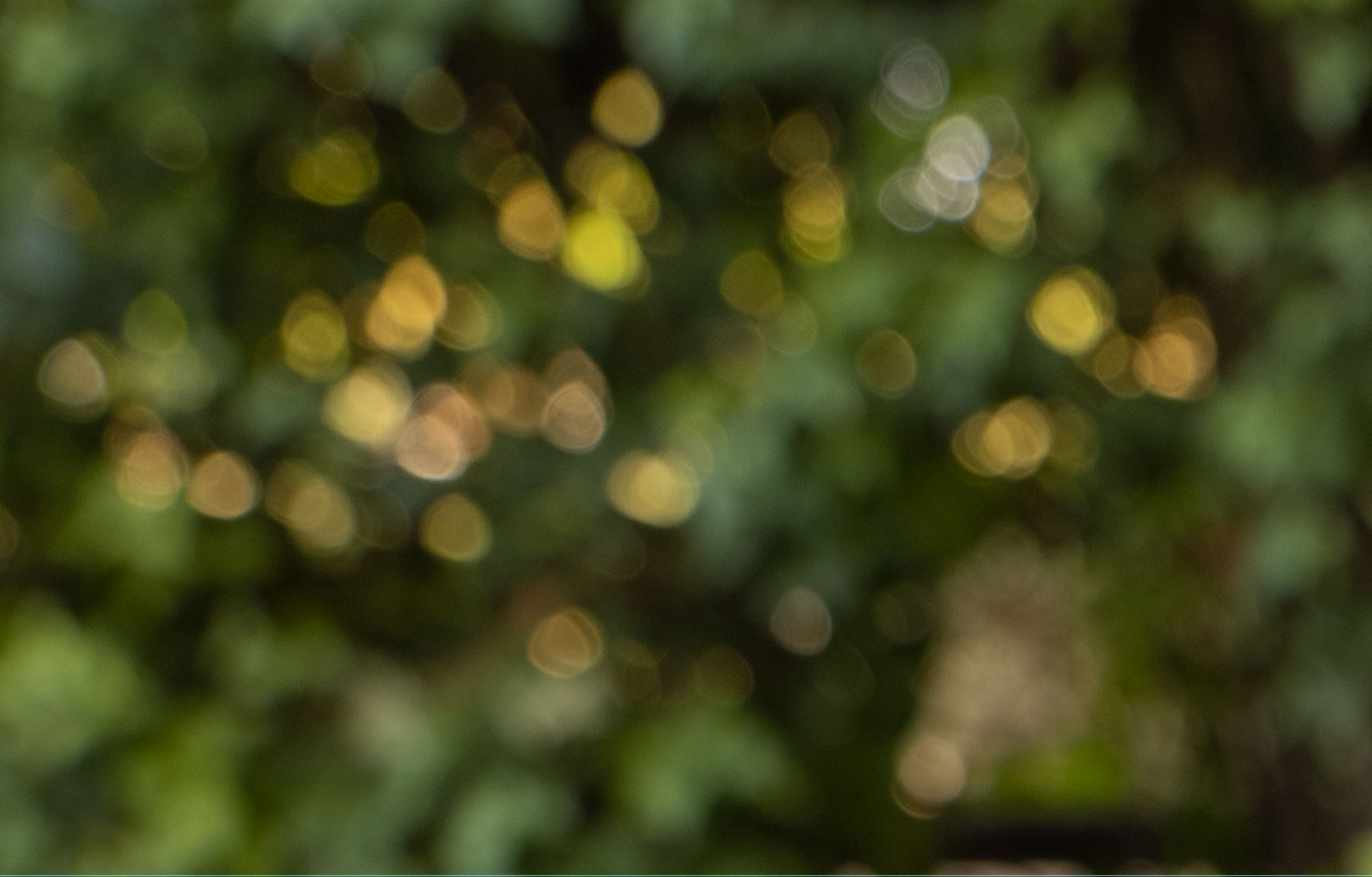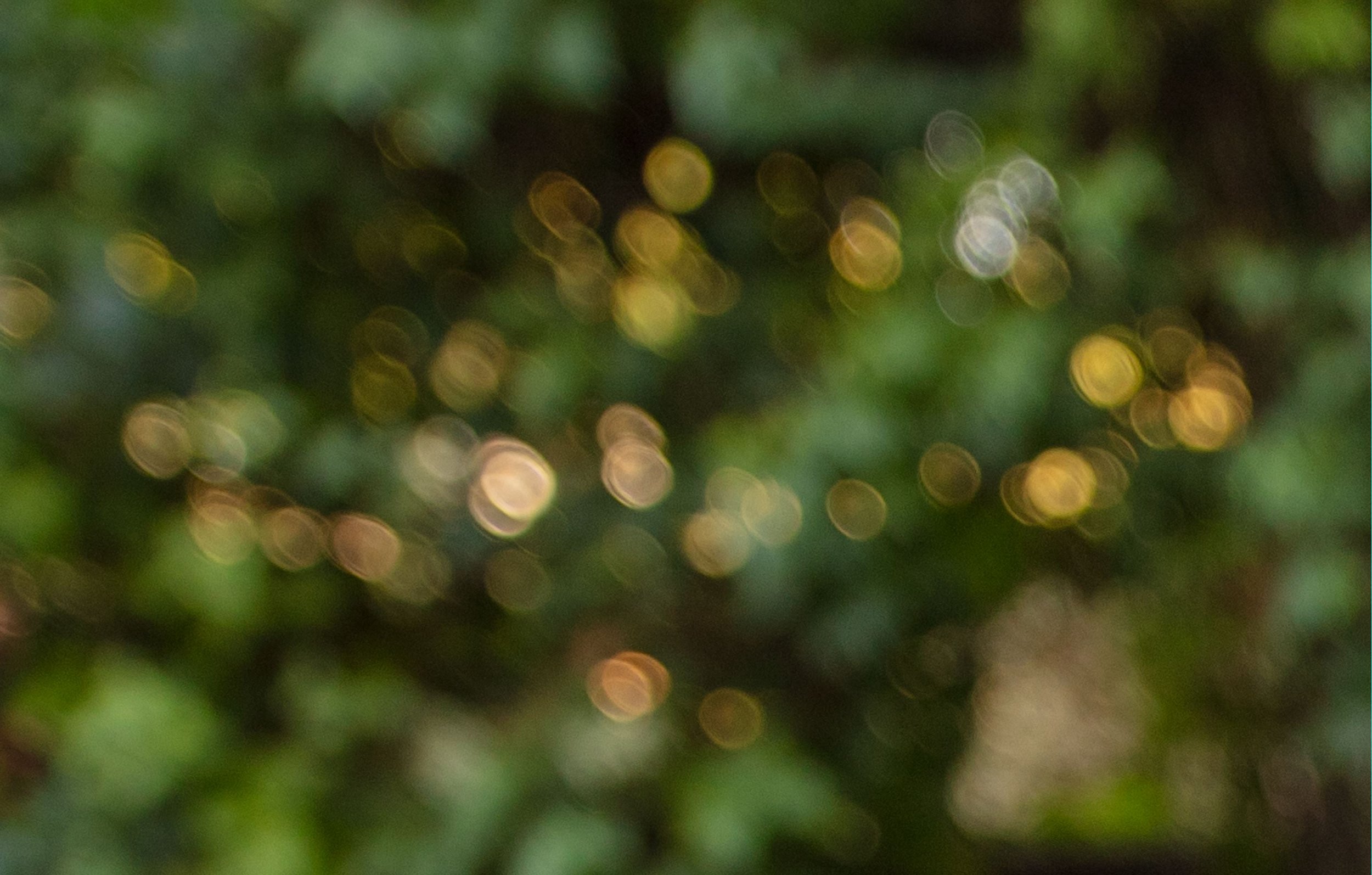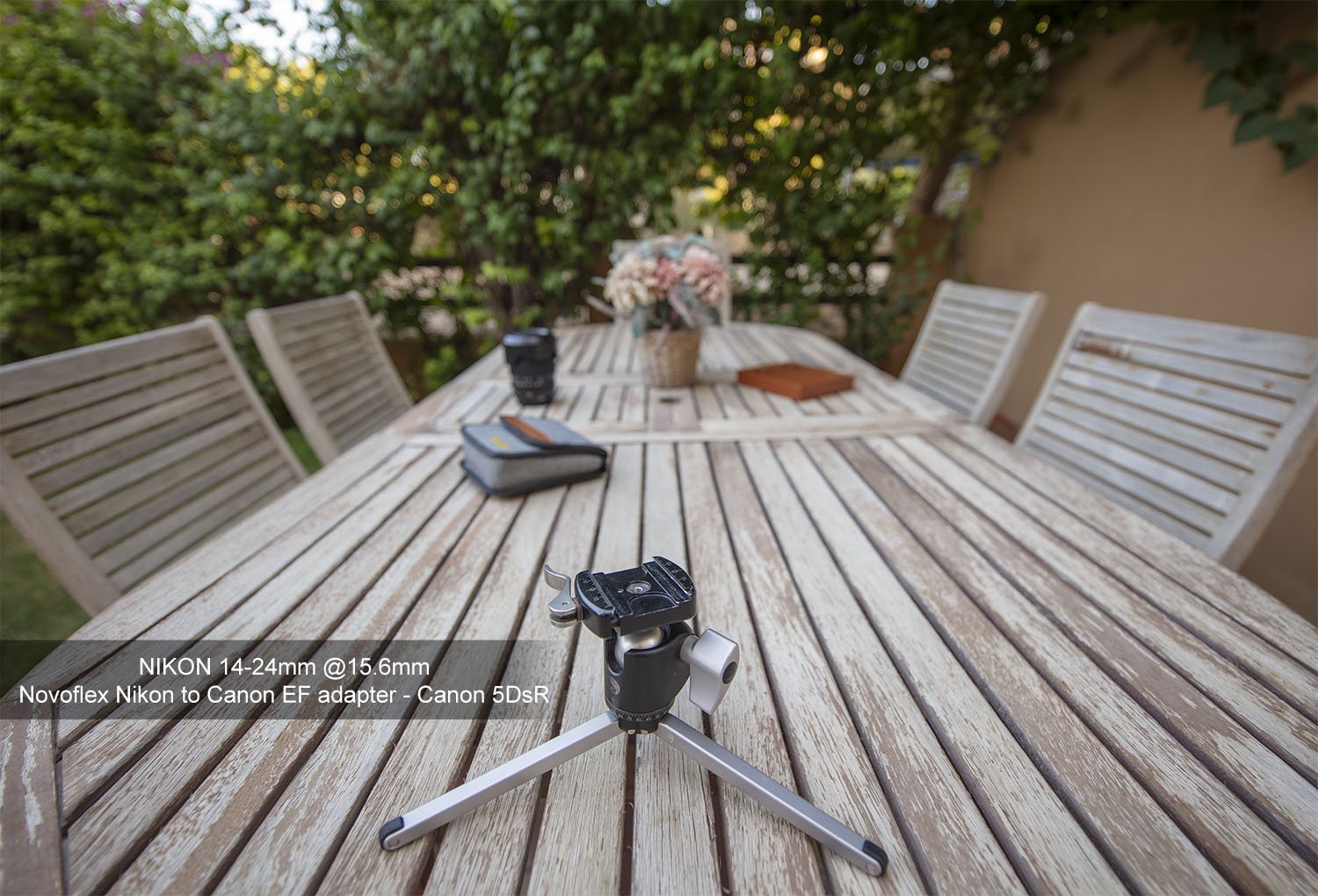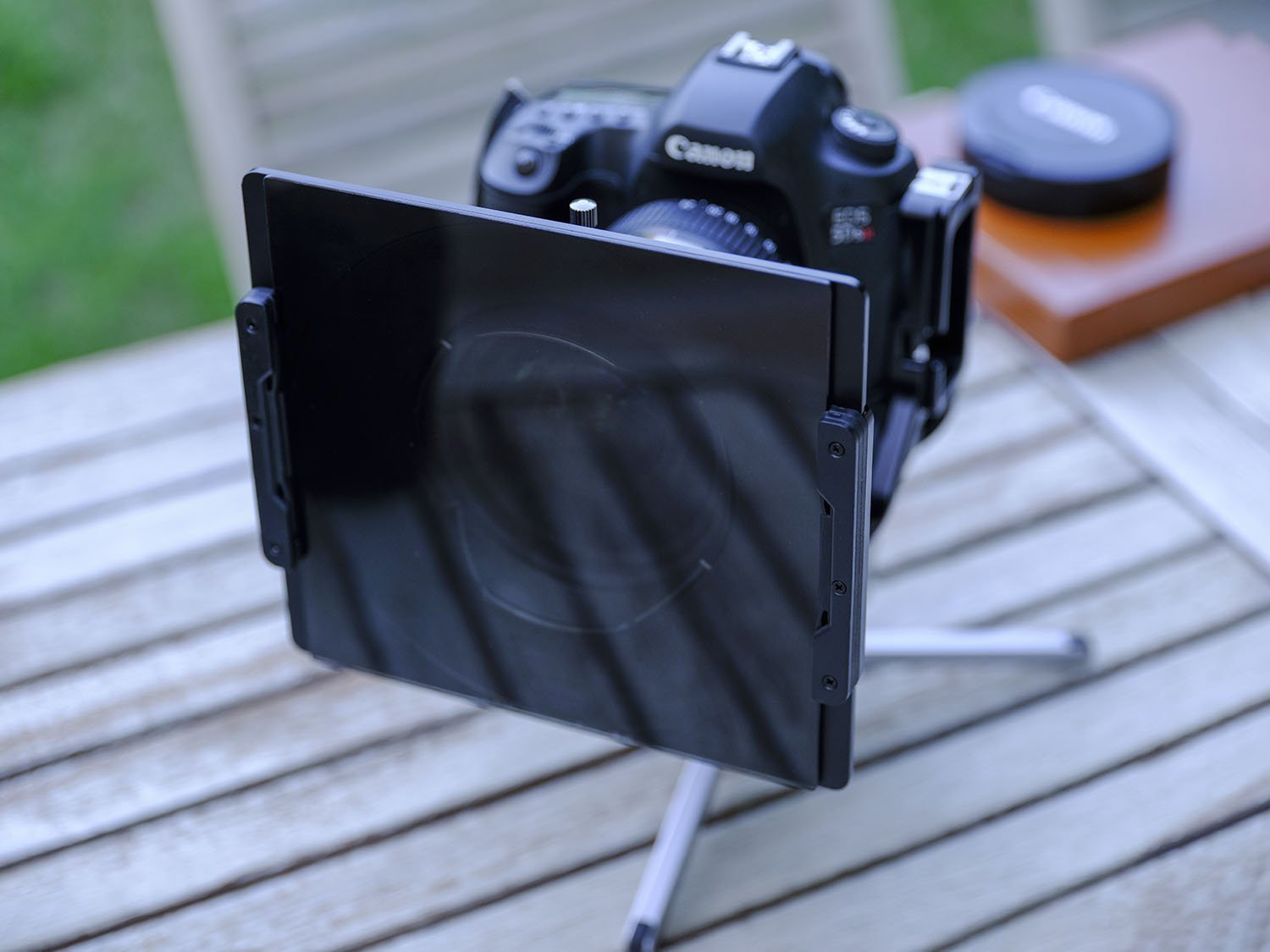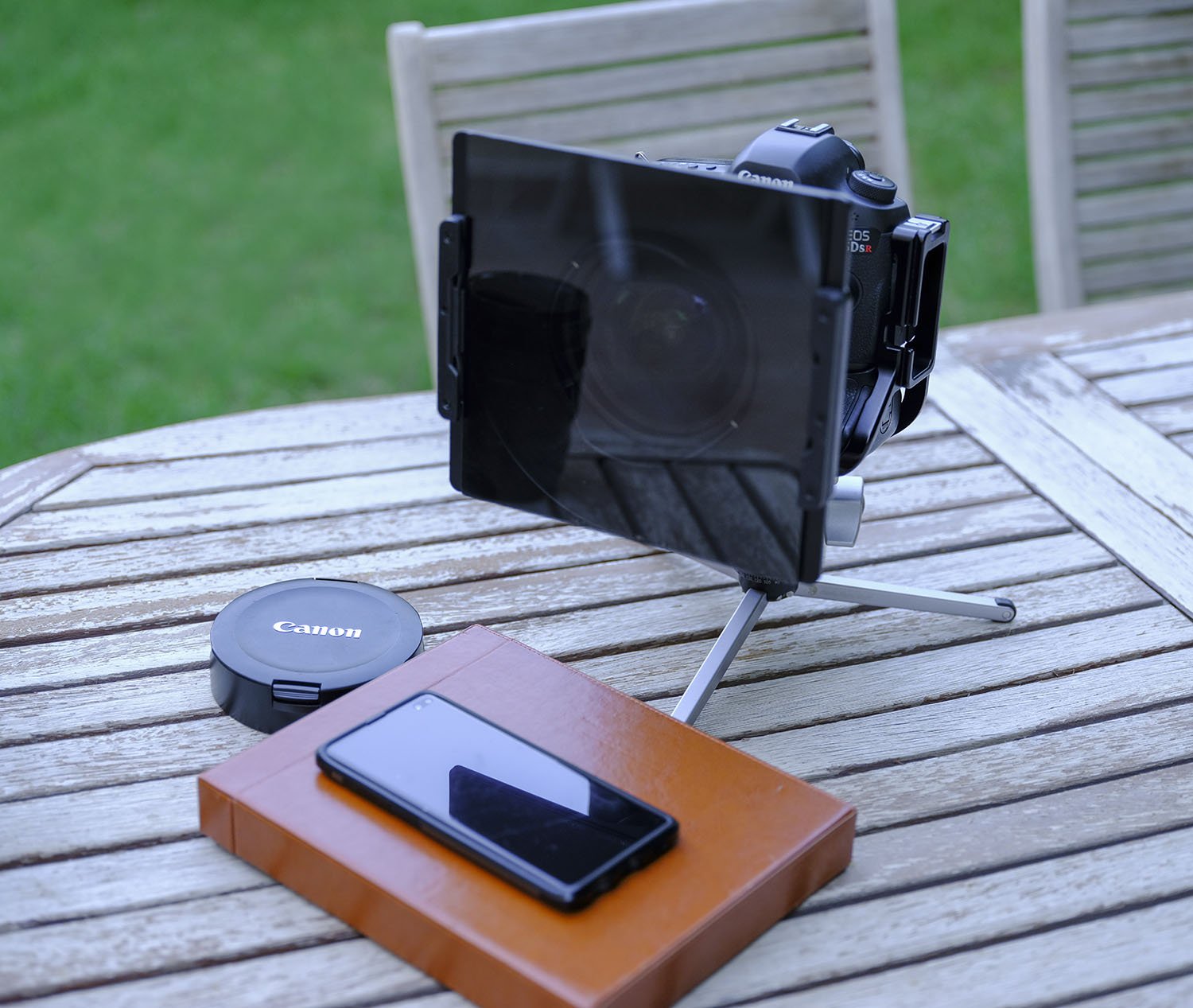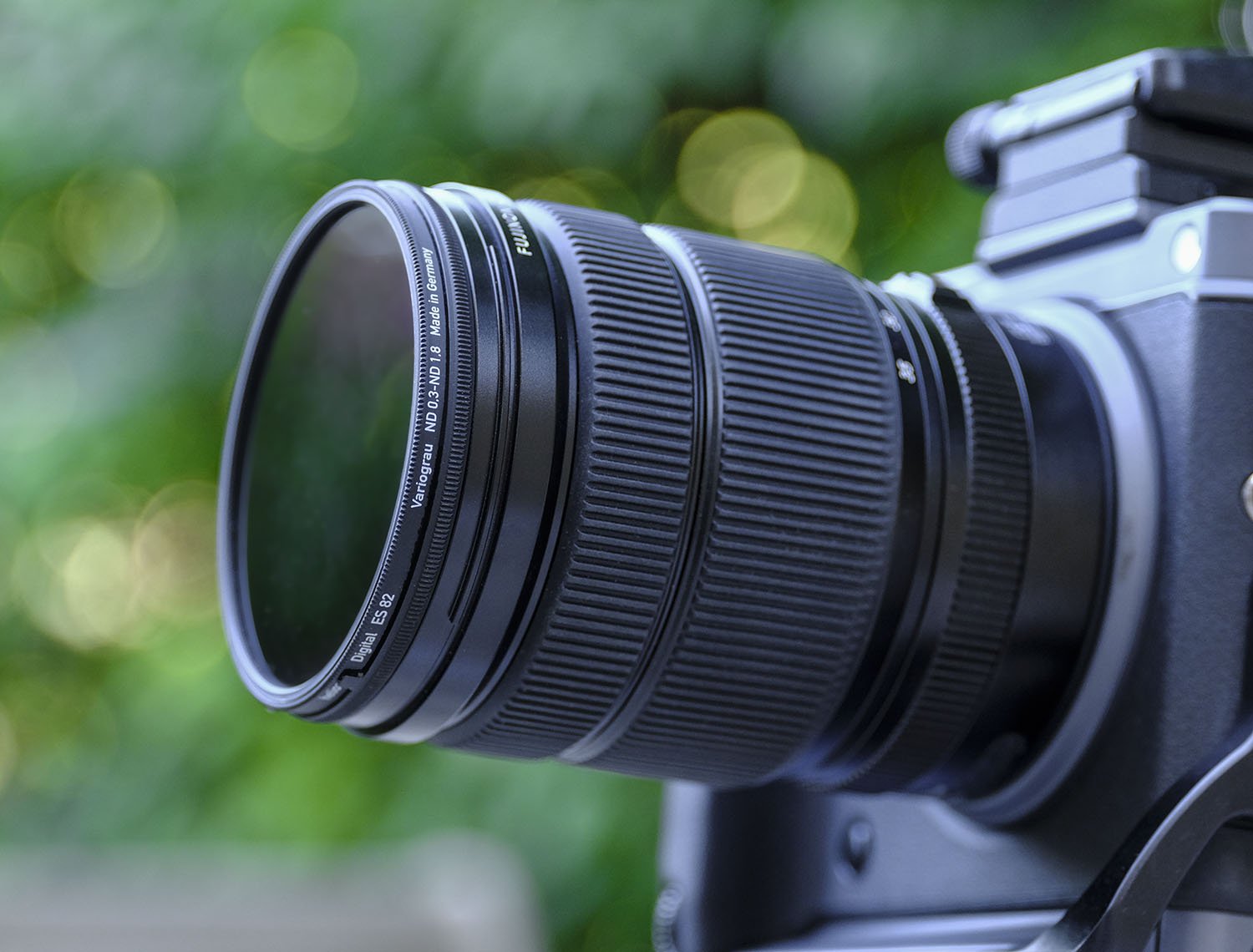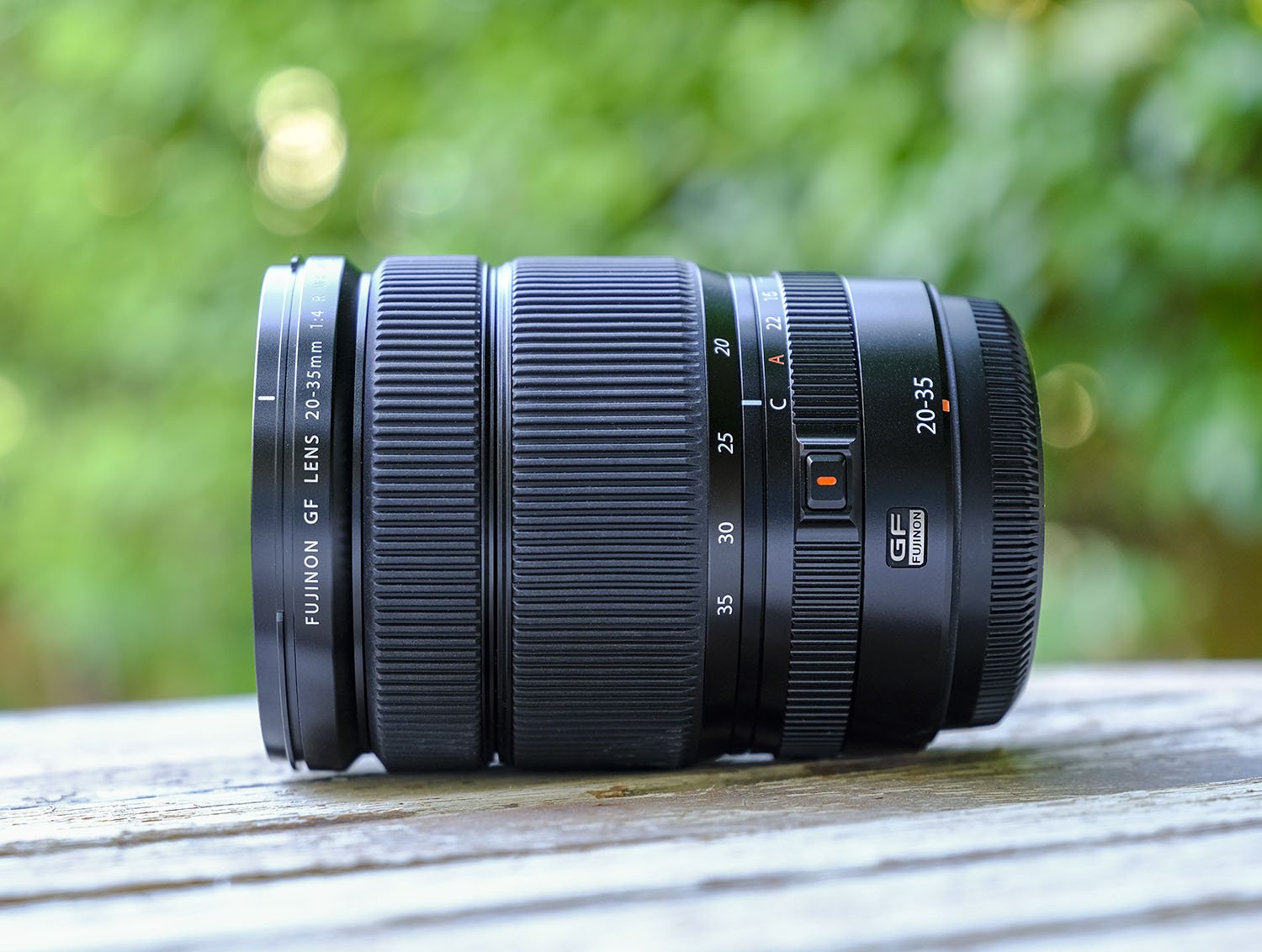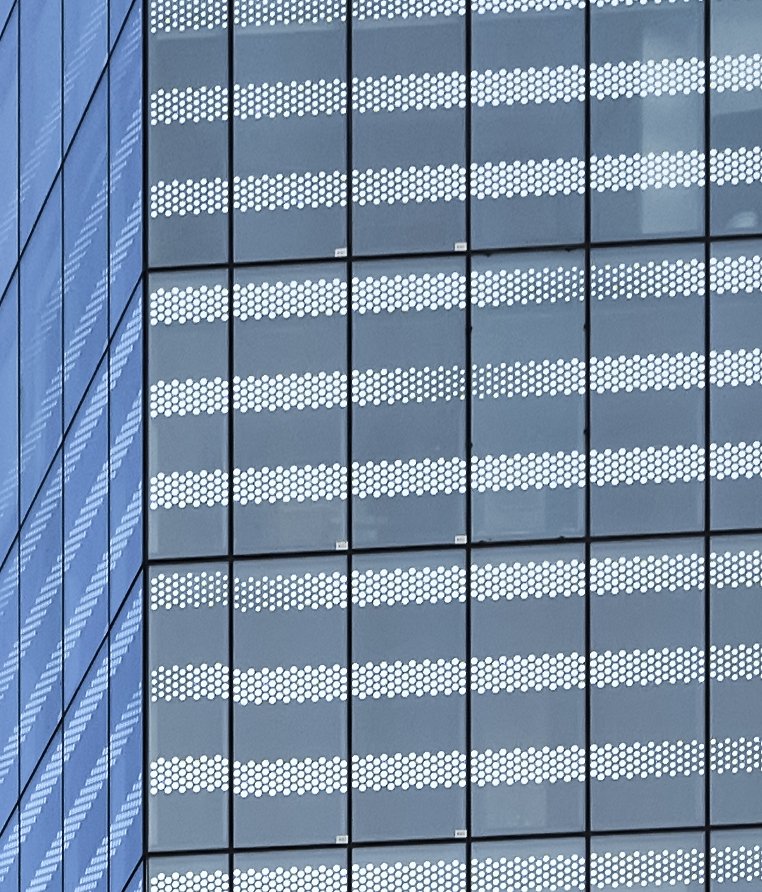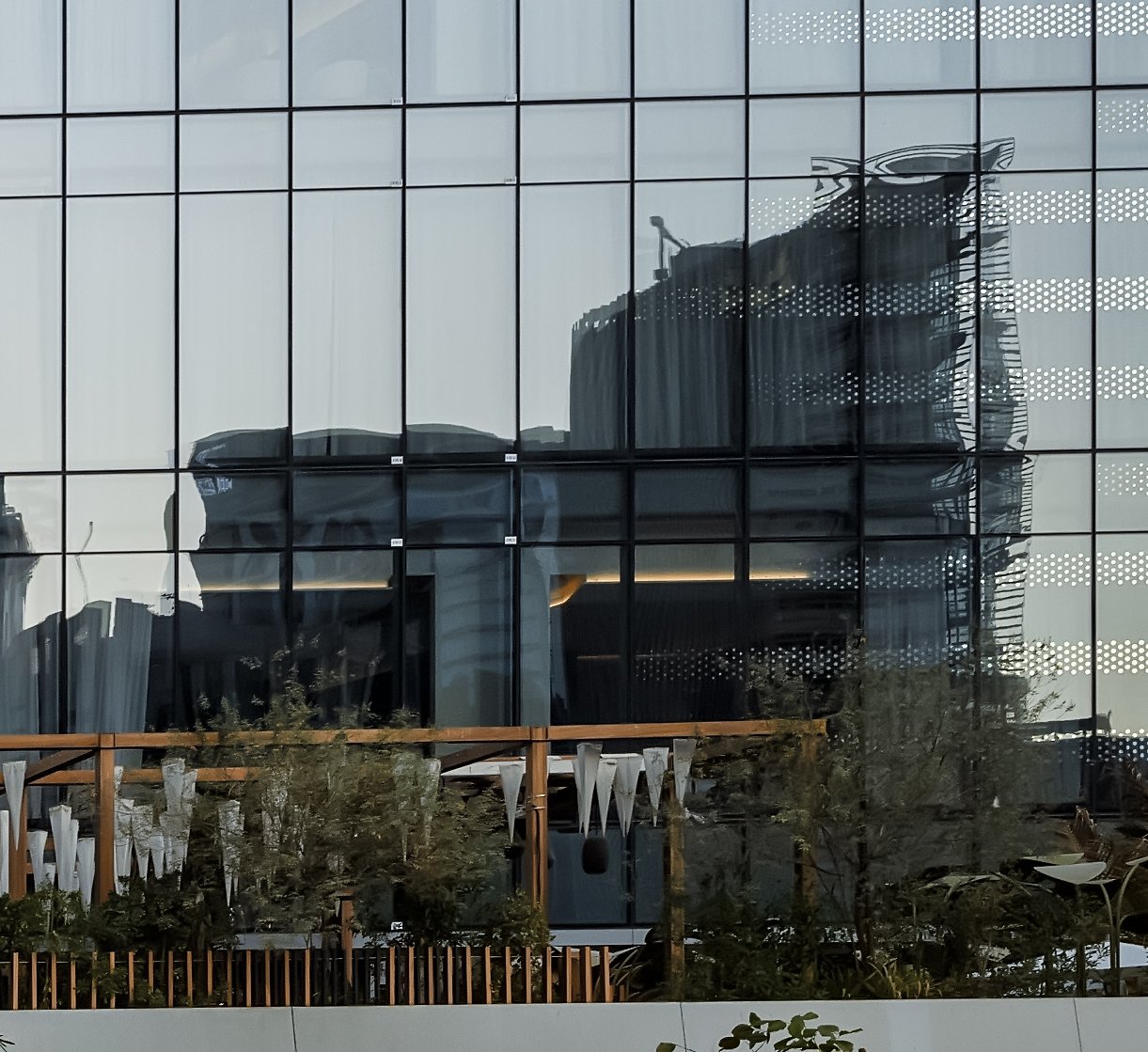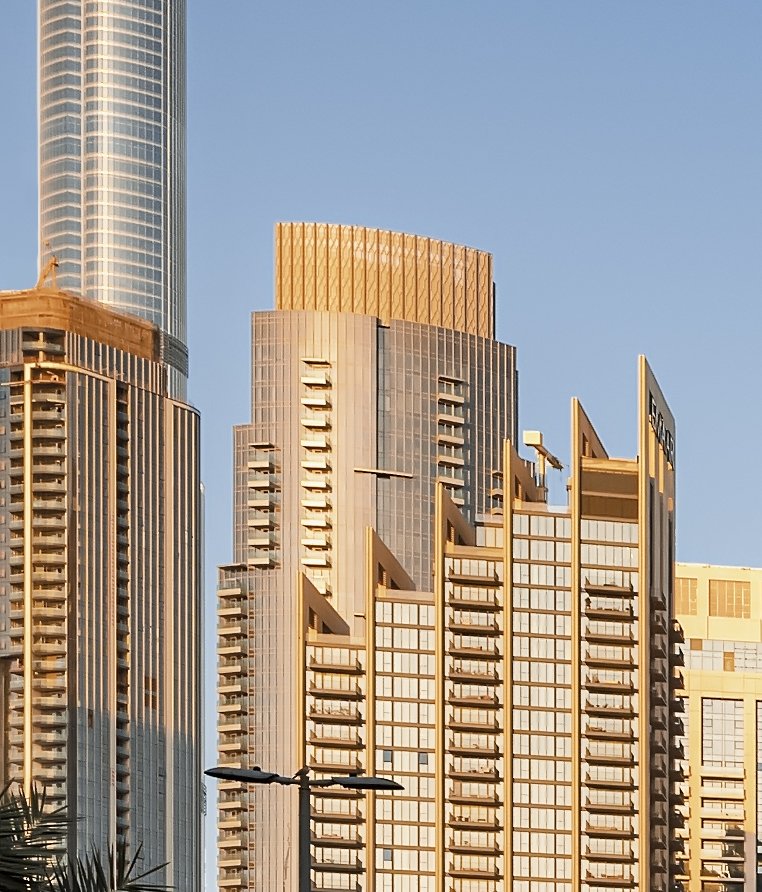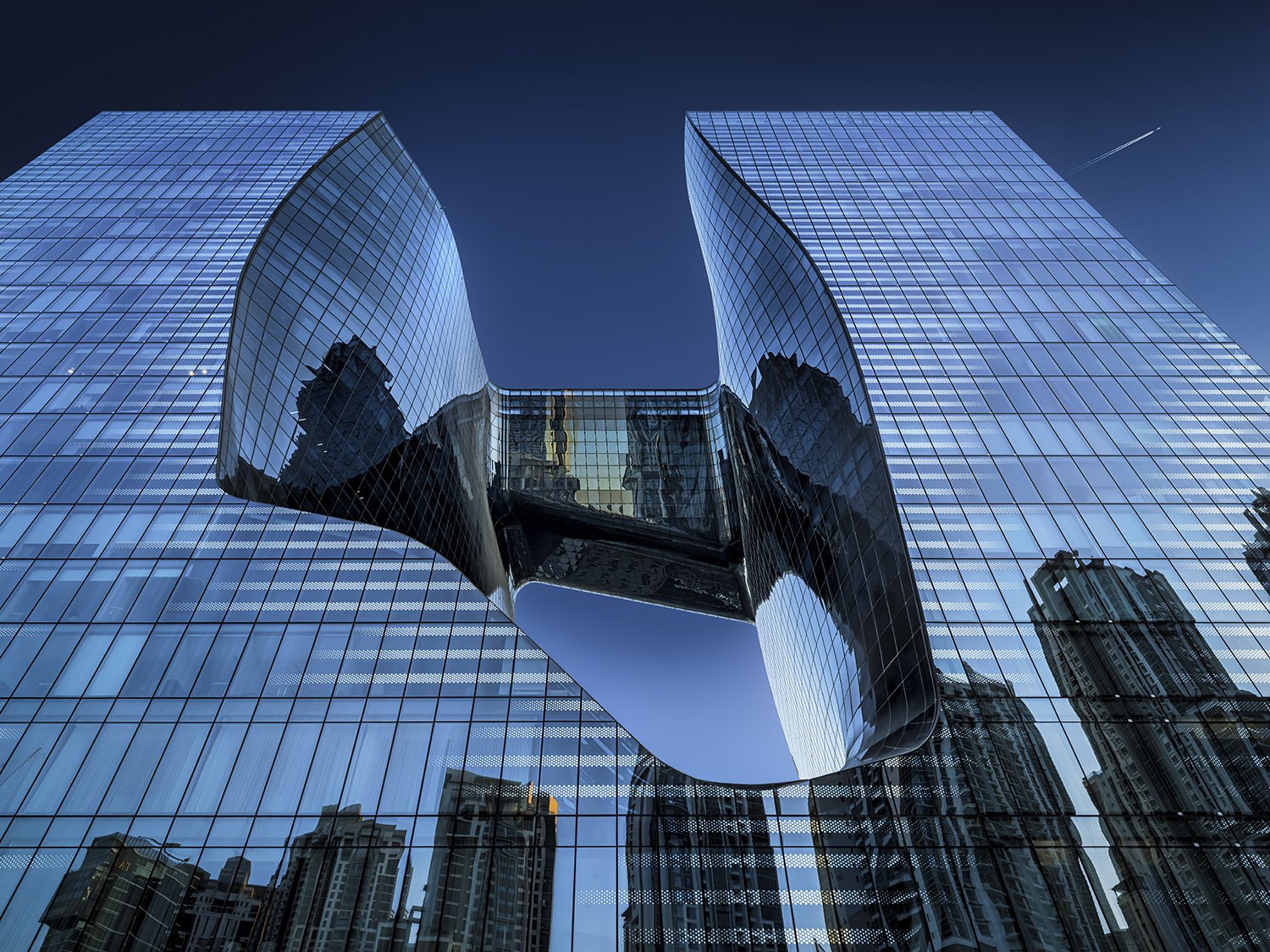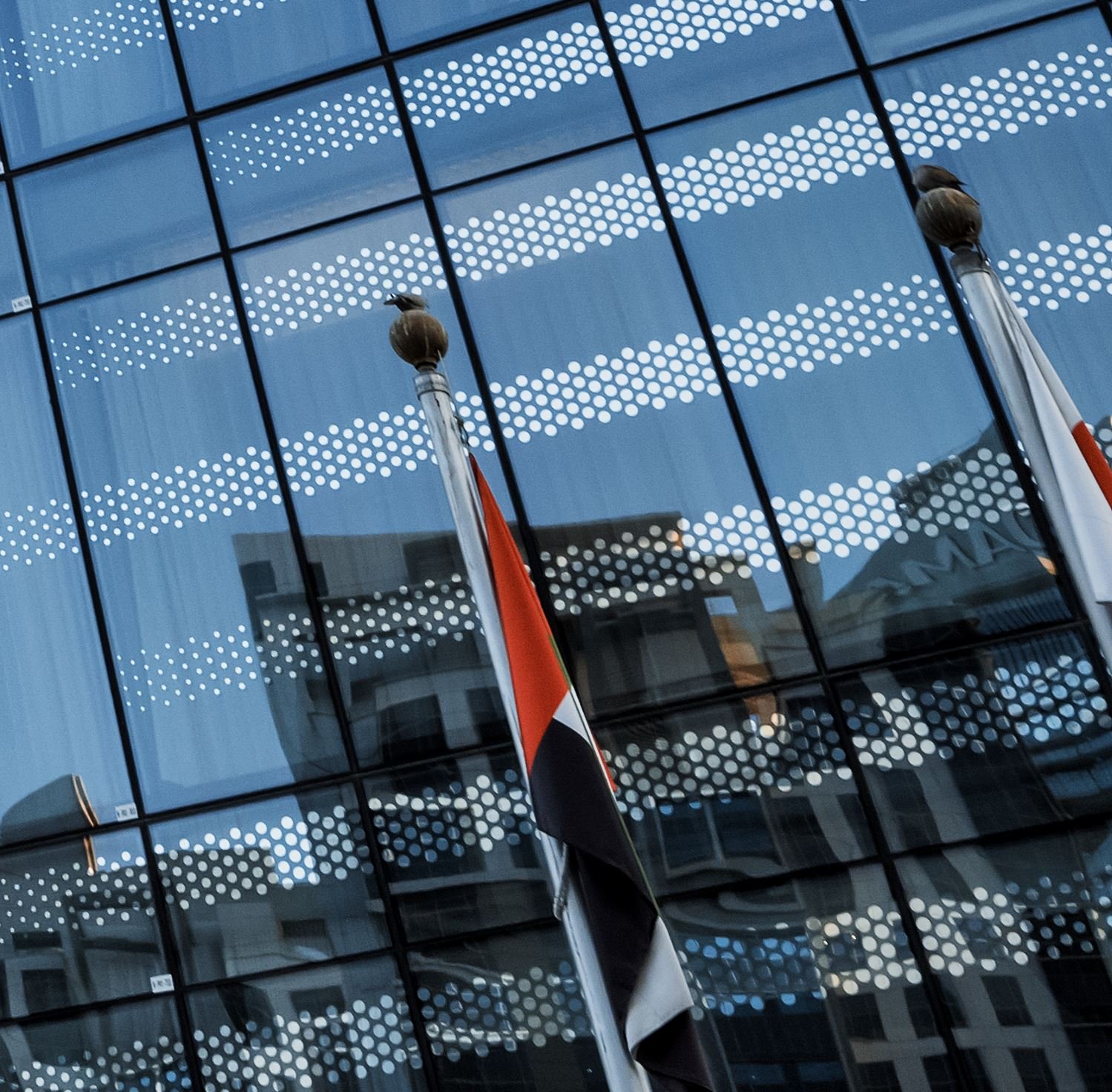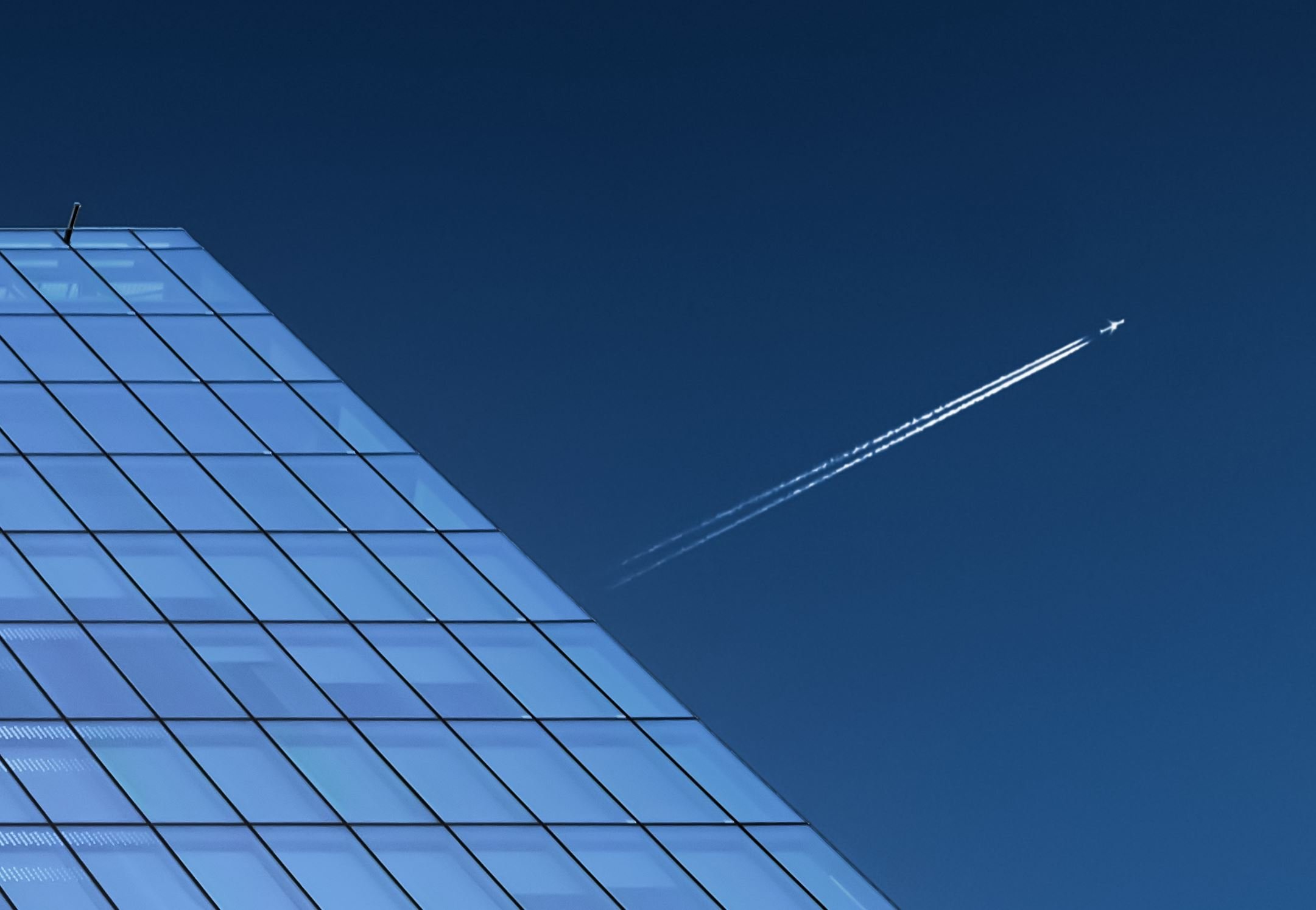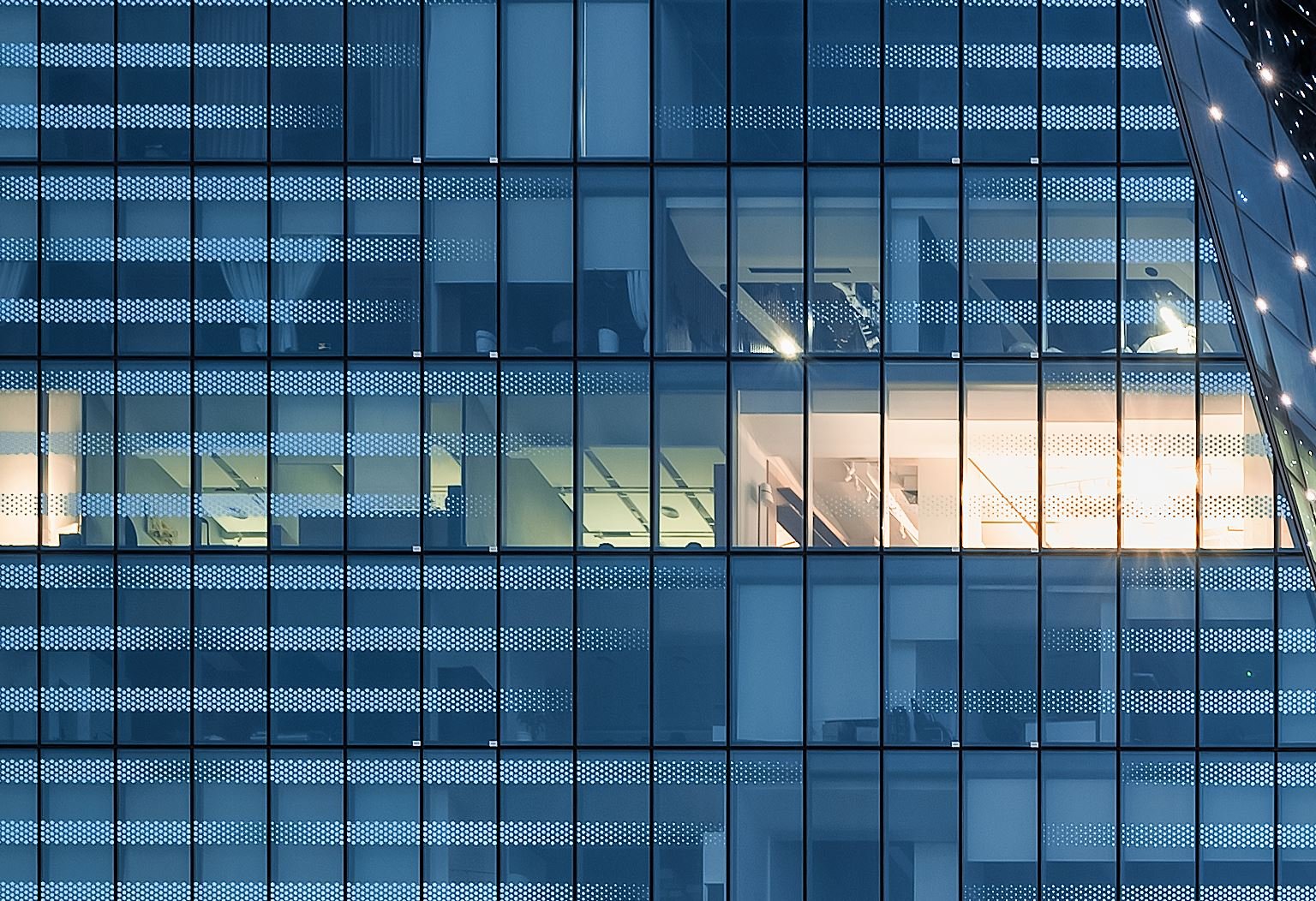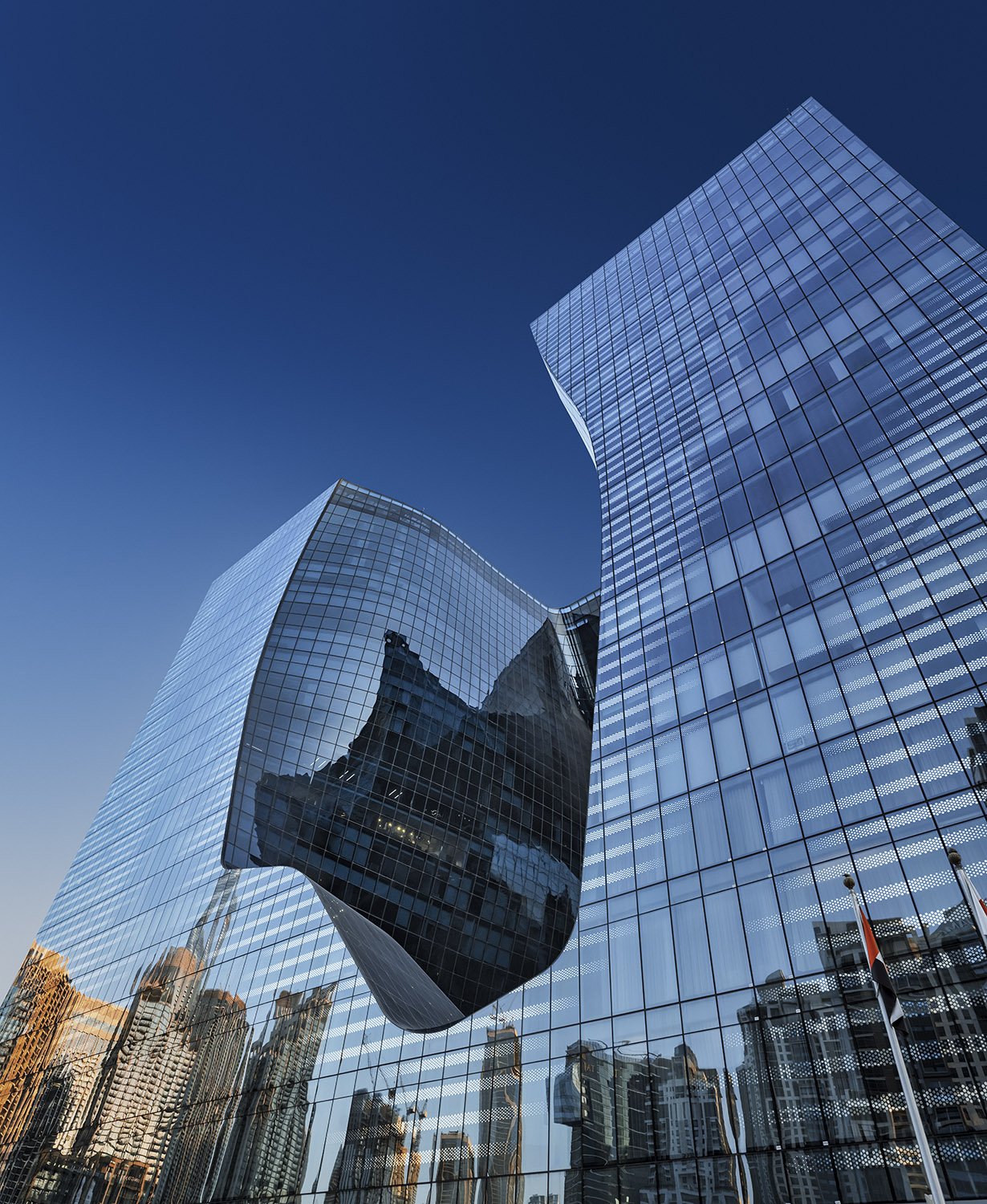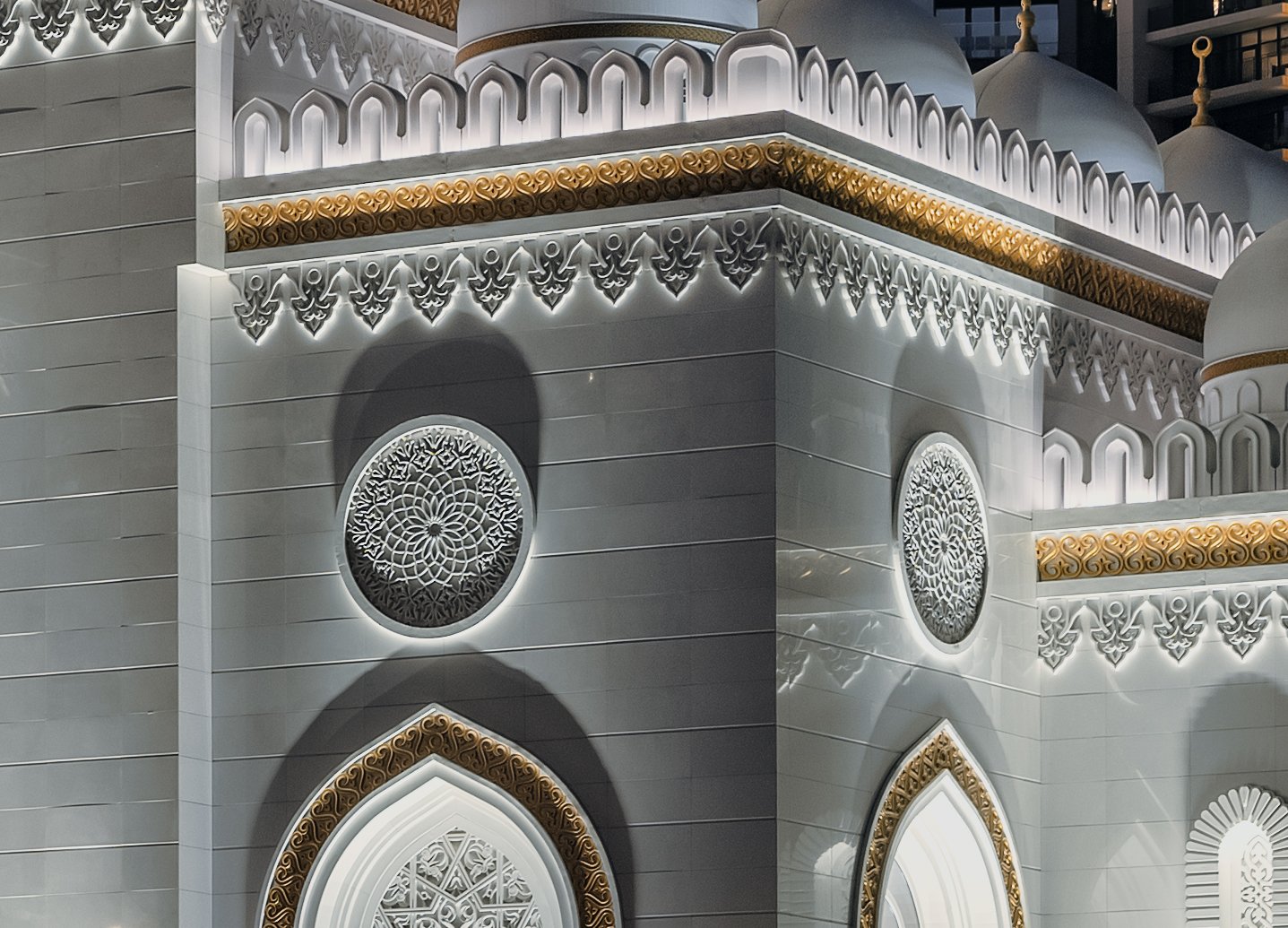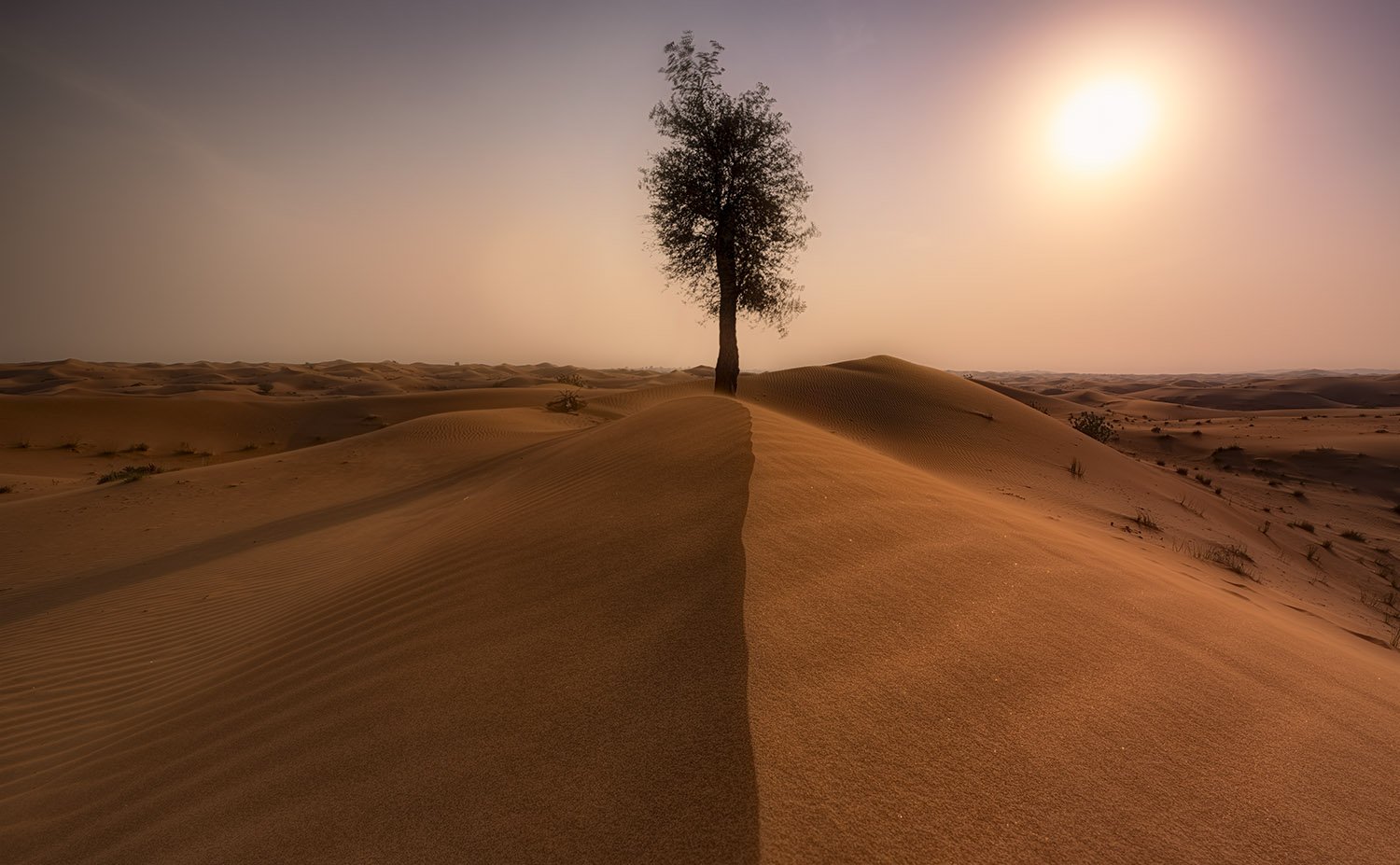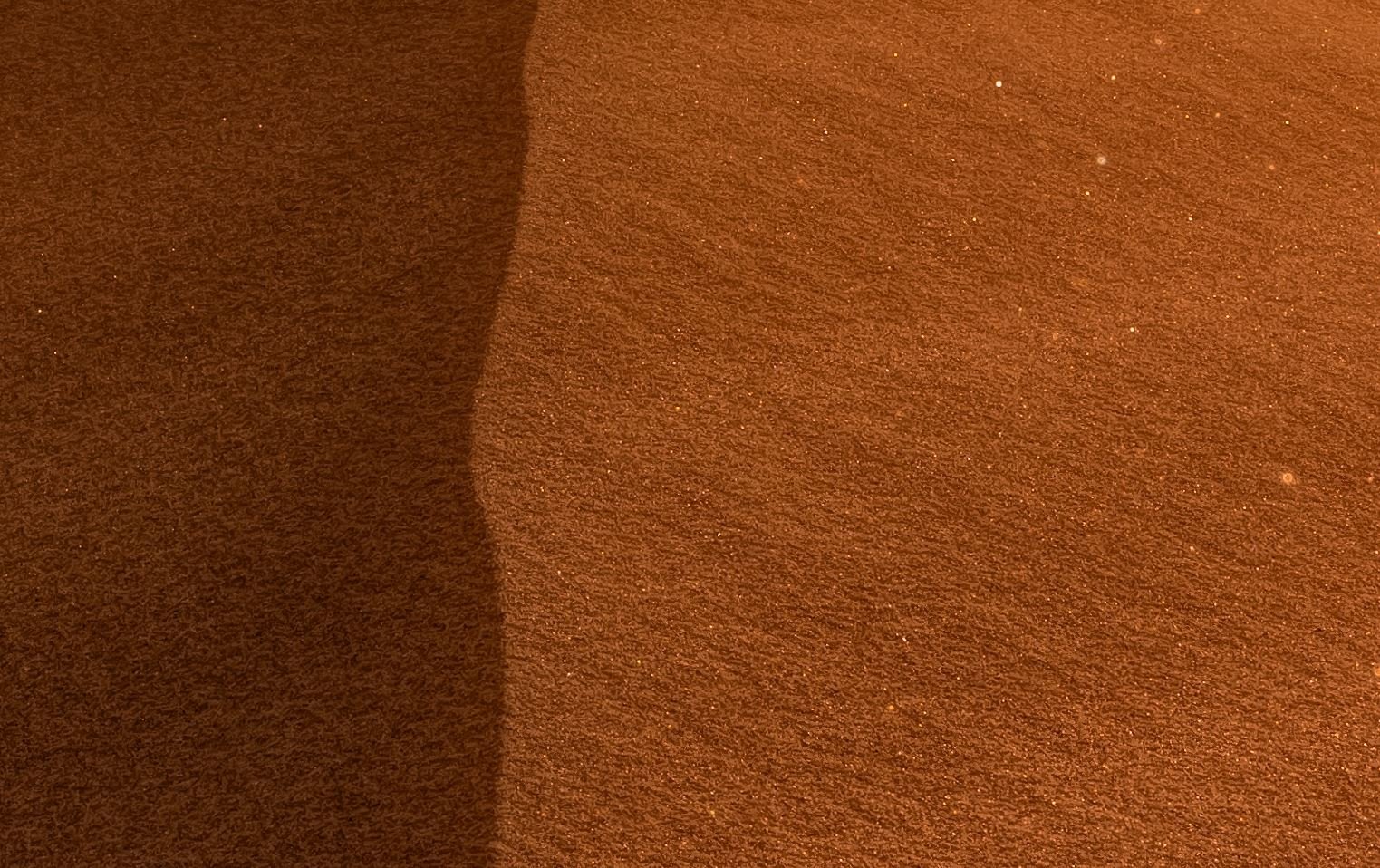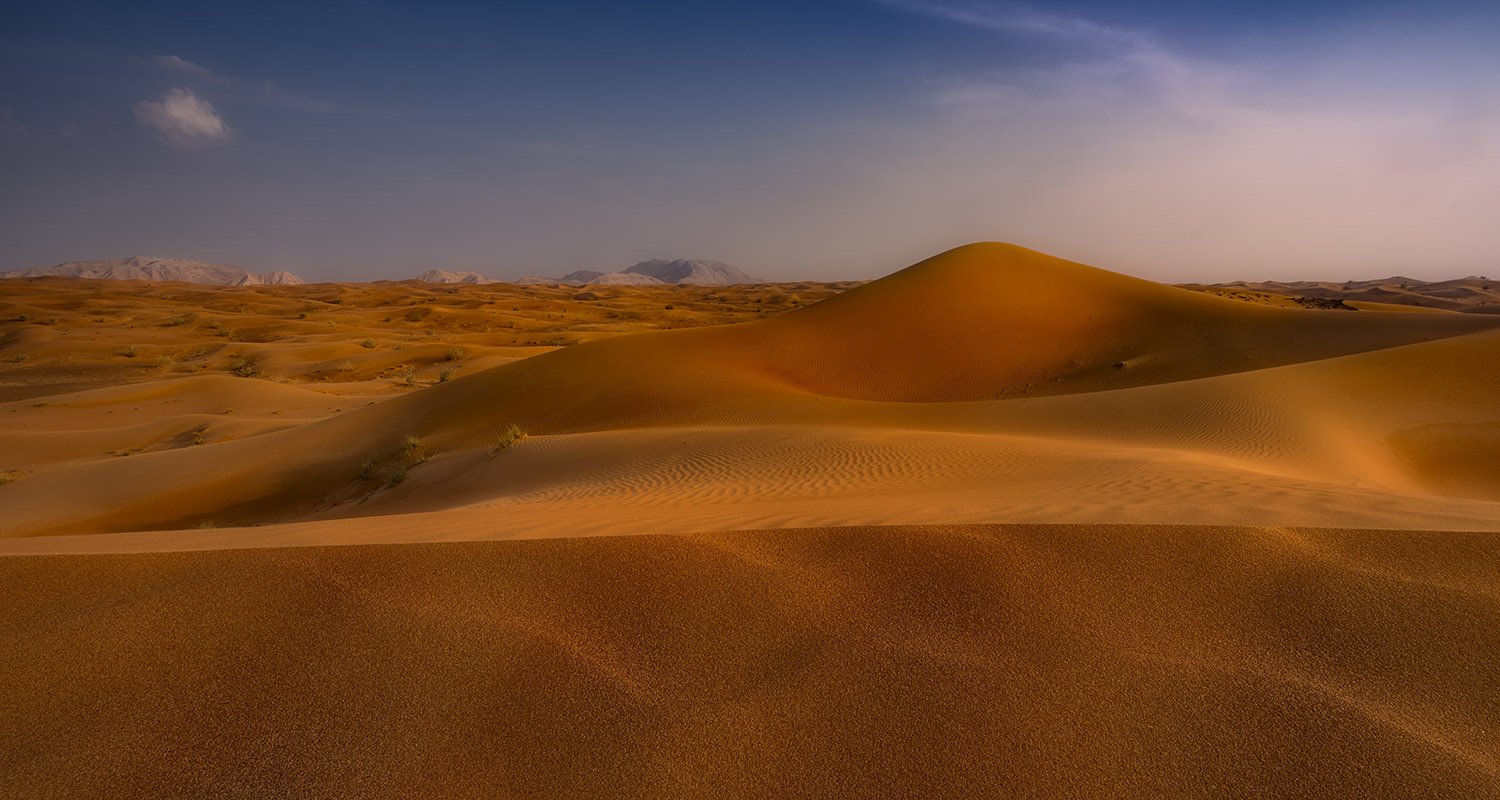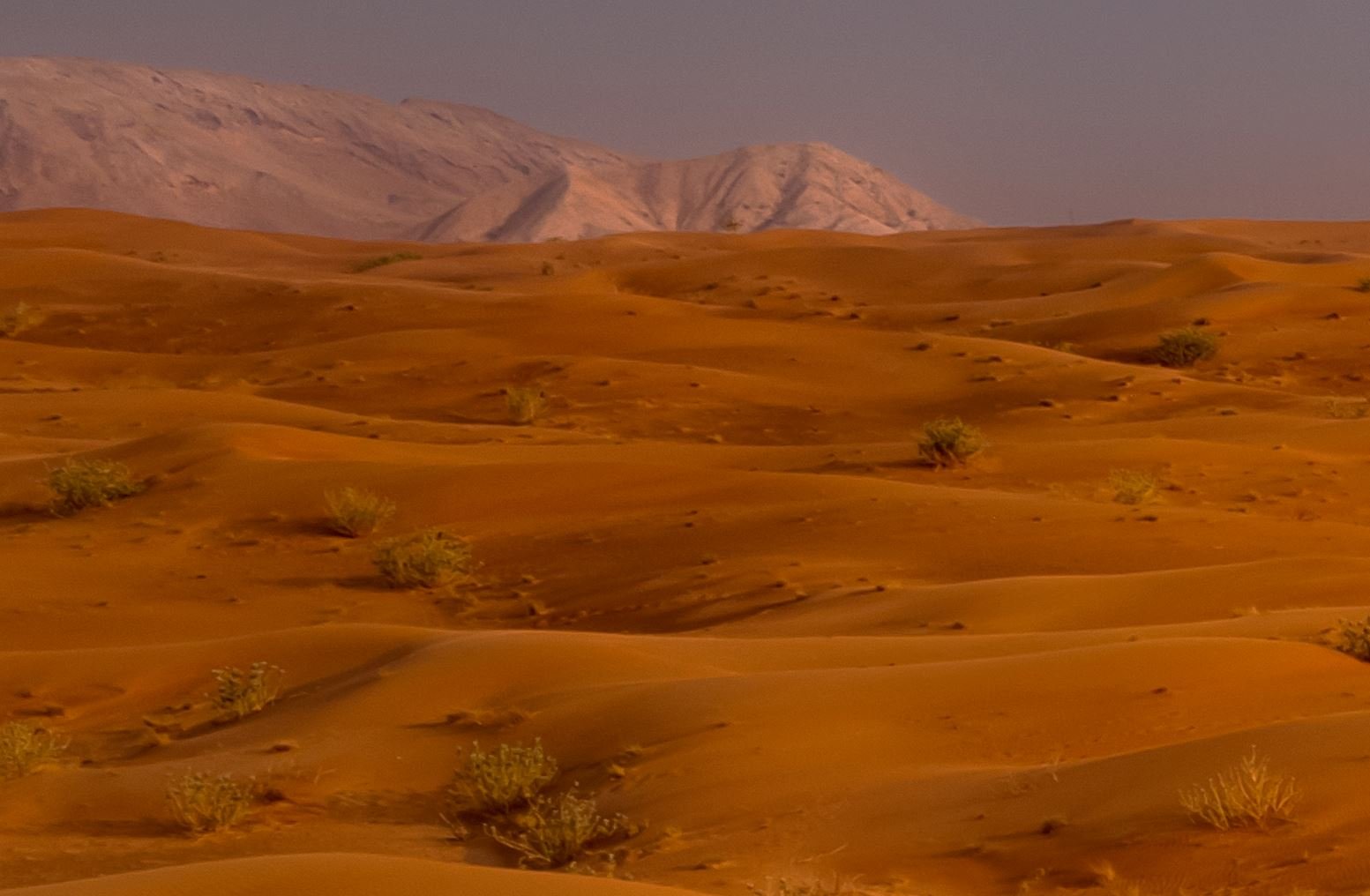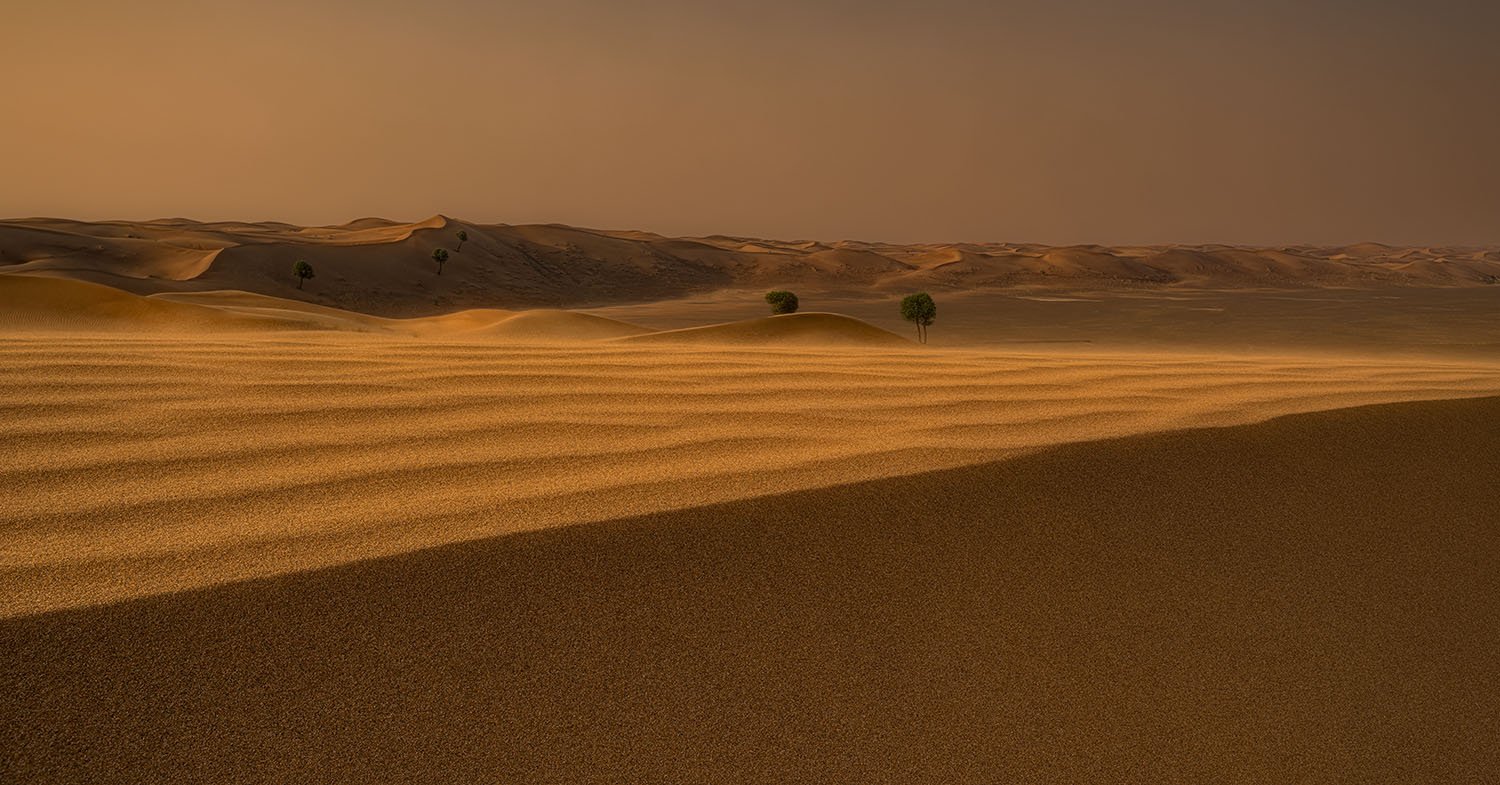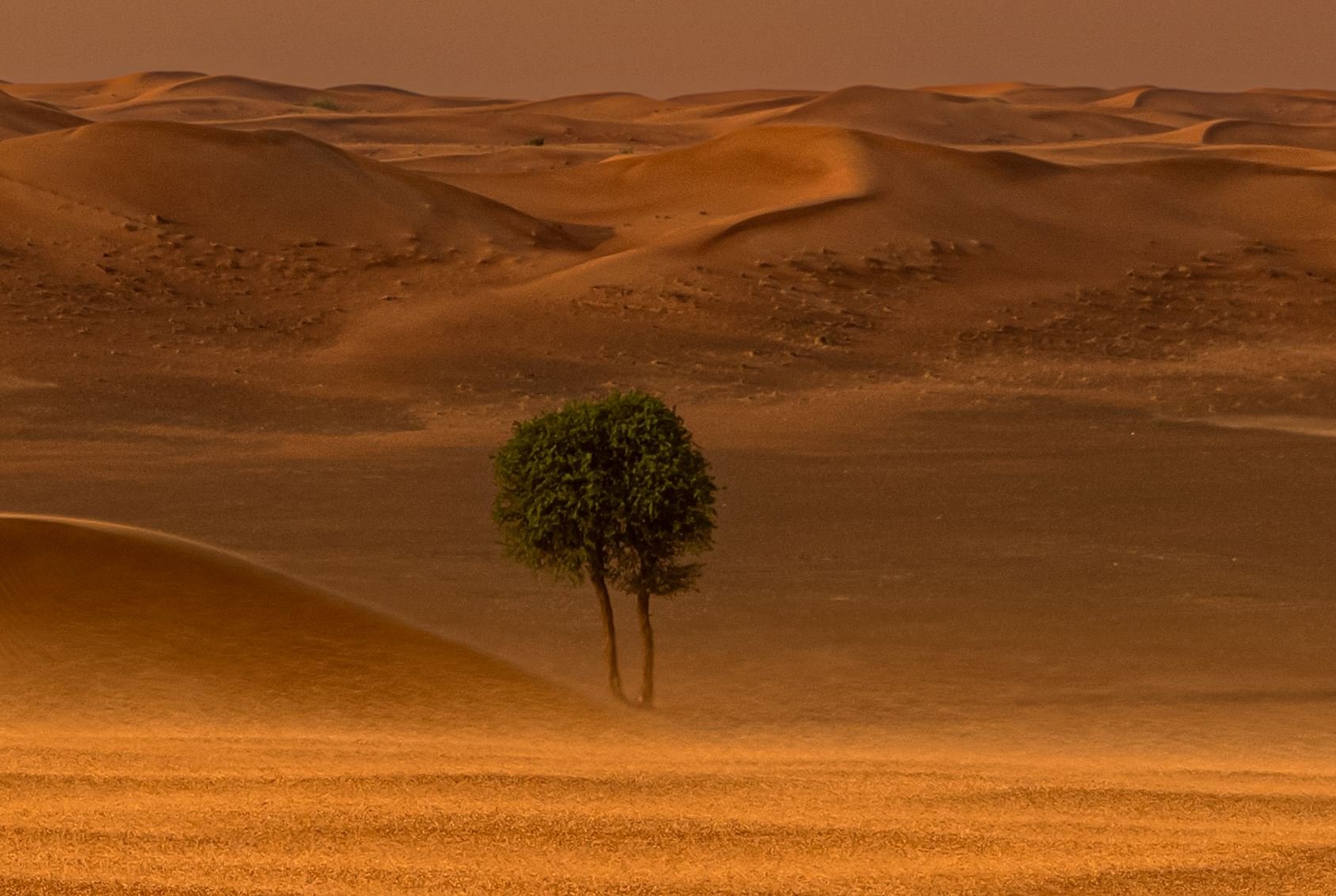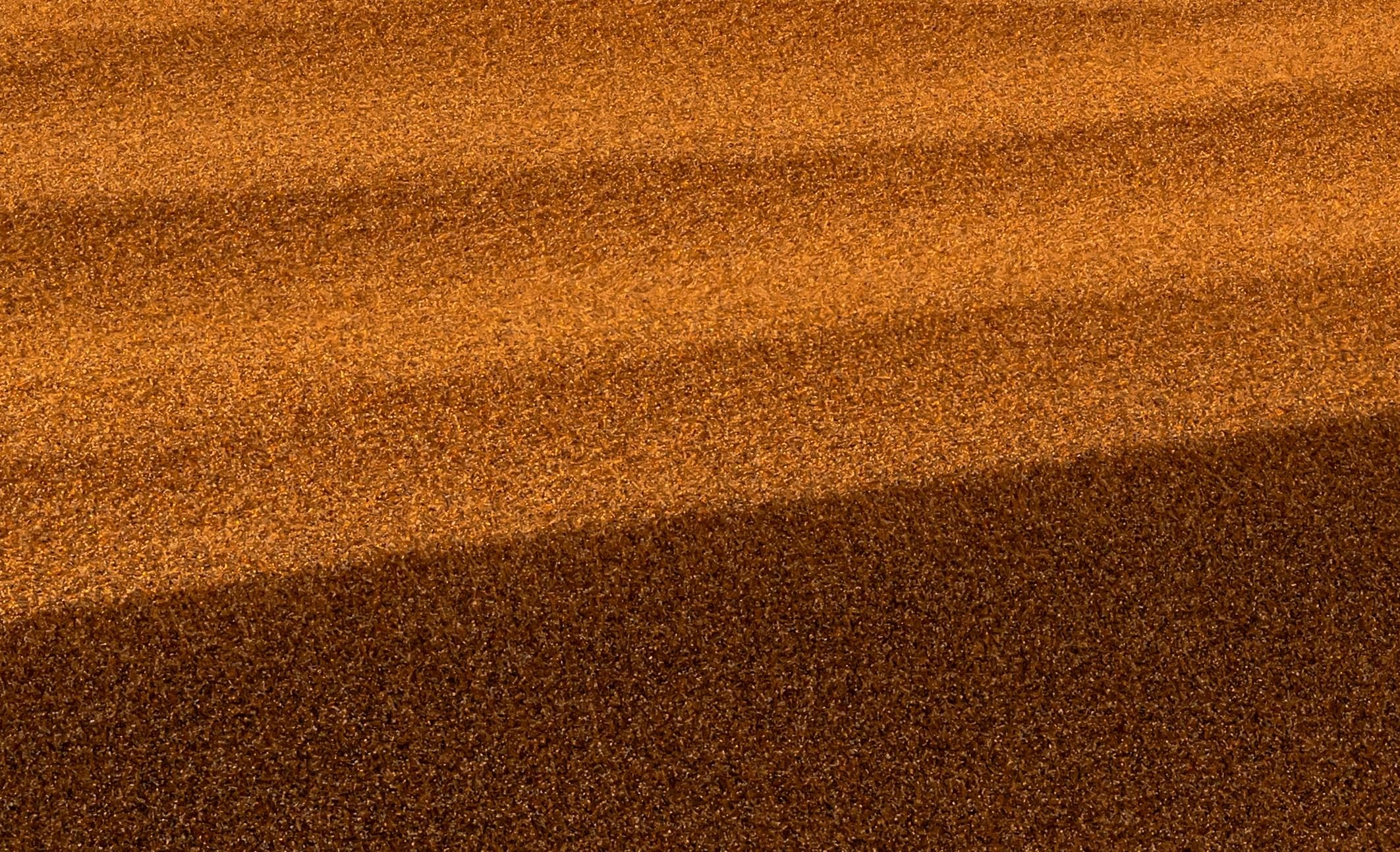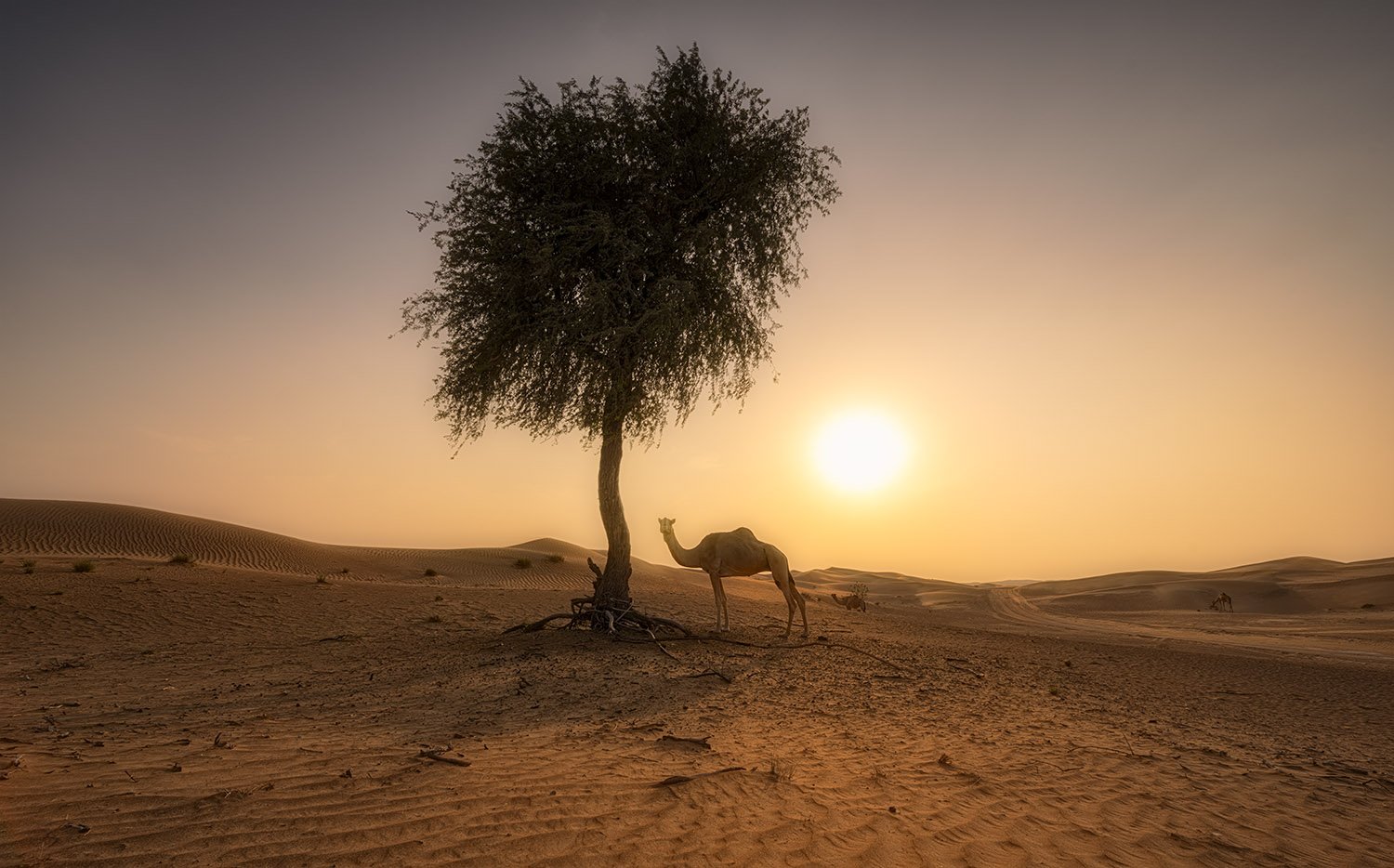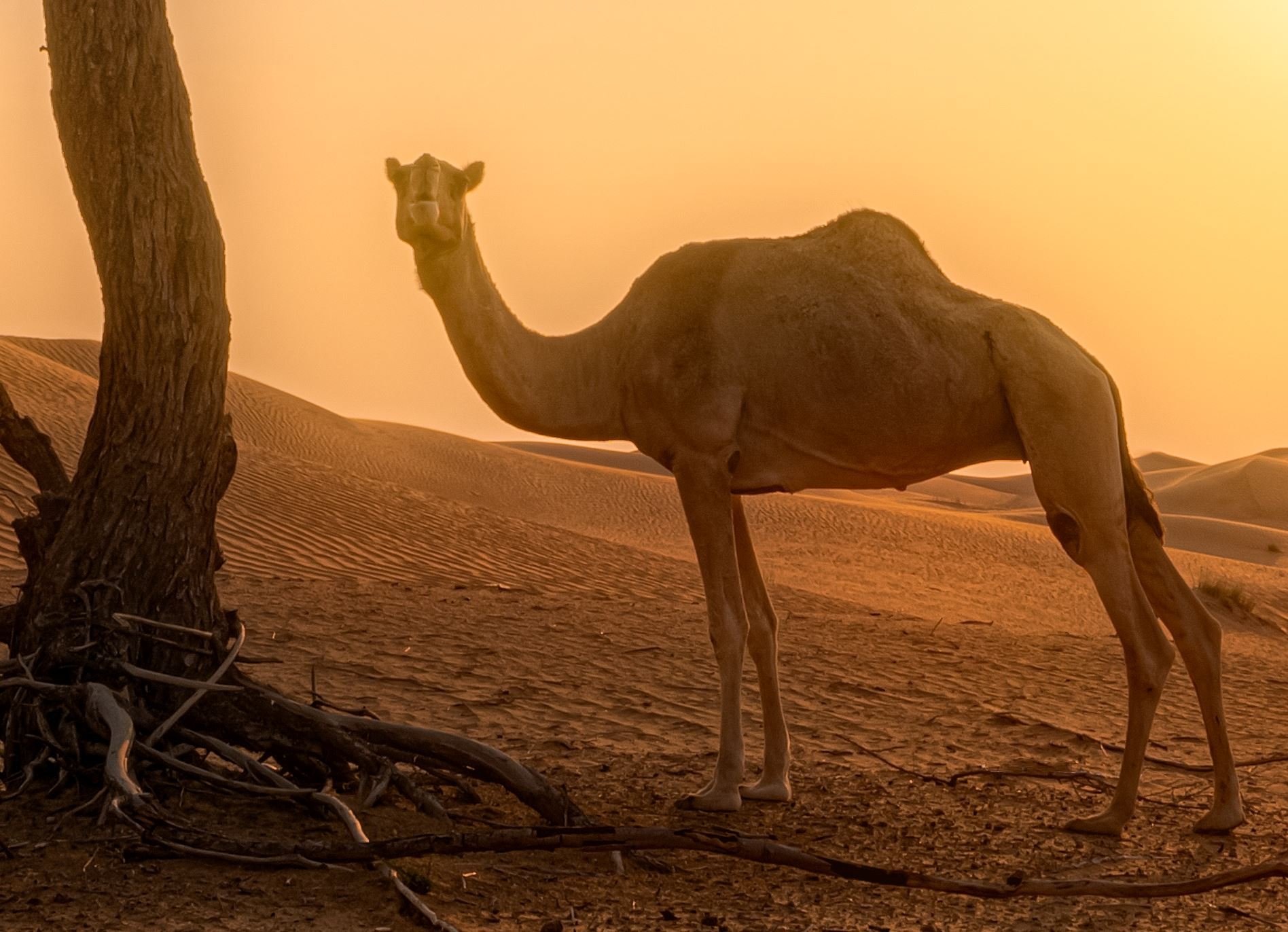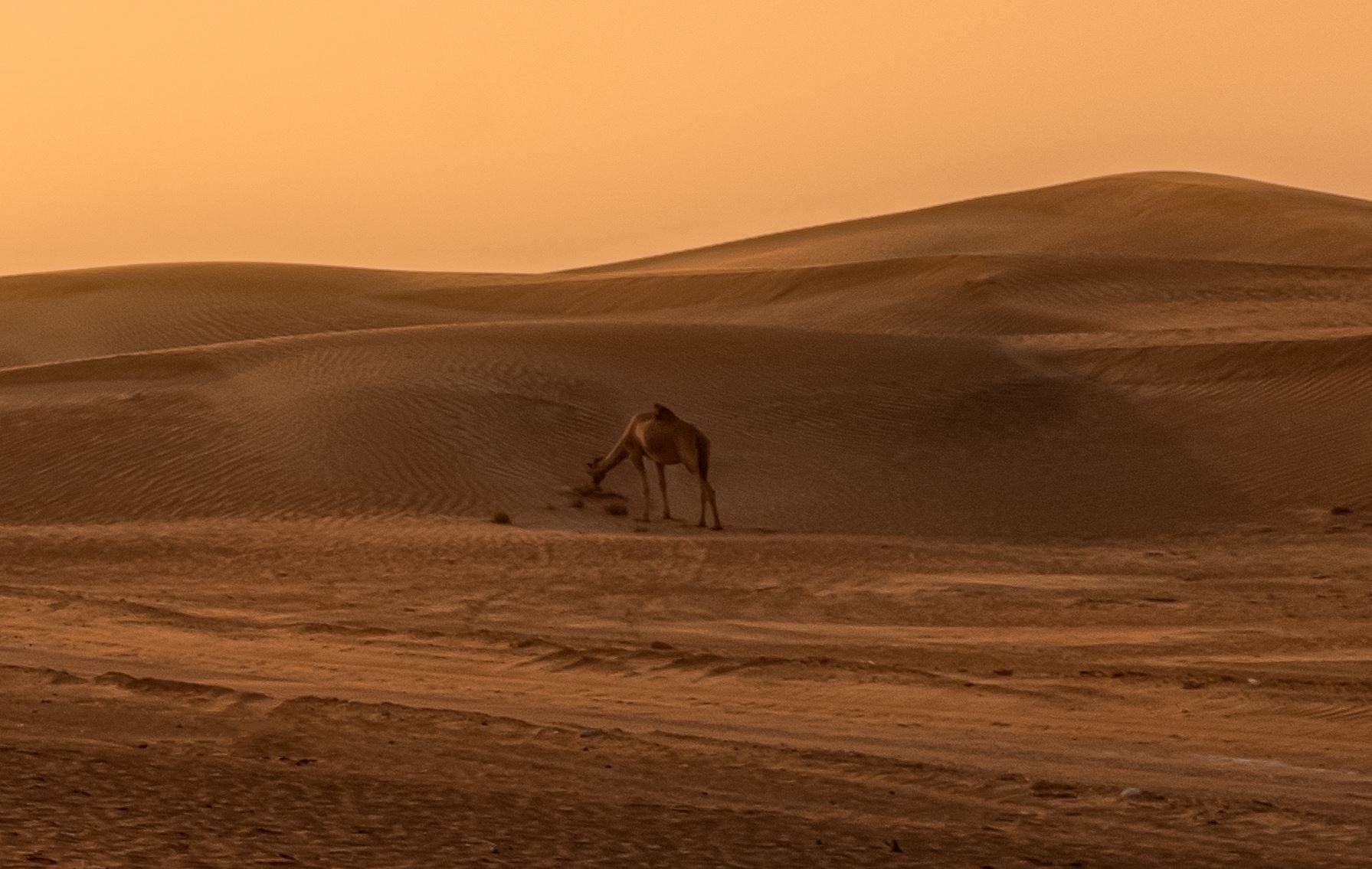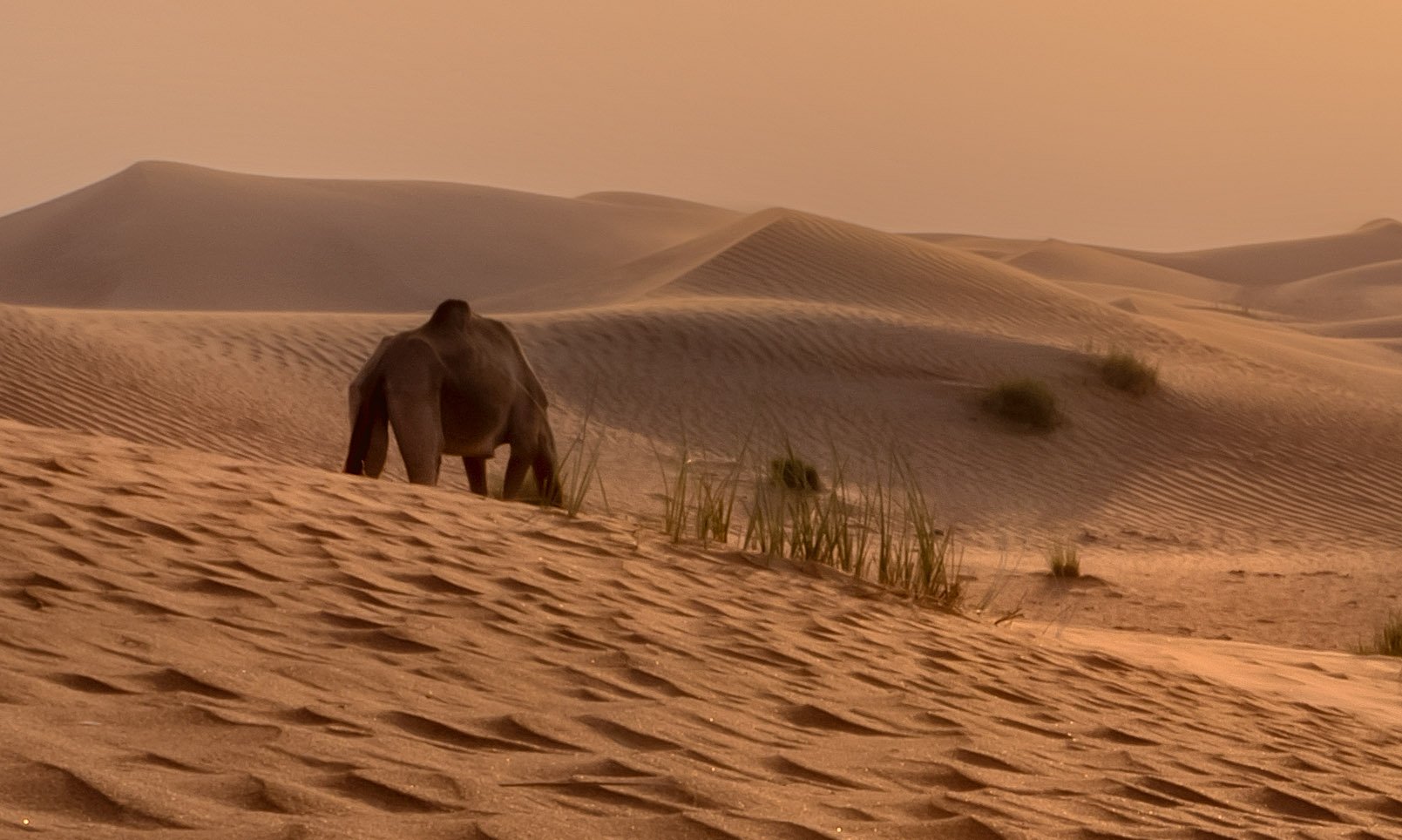FUJINON GF20-35mm F/4
The all new ultrawide zoom lens for the Fujifilm GFX cameras is unapologetically, mercilessly sharp!
It’s finally here!
The brand new Fujinon GF20-35mmF4 R WR is widest zoom lens for the Fujifilm’s GFX large format cameras. Let get this out right away; this is the sharpest ultrawide lens I have EVER shot with. The GF20-35mm a proper, next-gen, ultra-high-resolution, state-of-the-art medium format lens. I’ve tested it quite extensively in the past 2 weeks and I have to say I’m seriously impressed. So there.
And also a disclaimer: I am a Fujifilm brand ambassador. I wasn’t asked to review this lens and wasn’t paid to produce it either. I try to write about my camera gear experiences as often as possible, but that isn’t always possible because I try a lot of equipment. The opinions expressed in this review are my own, and frank. If there’s something I don’t like, I say it. All the images in the gallery are processed the way I process all my work, commercial or personal. I’m not a straight-out-of-camera guy, and never will be. To achieve my artistic vision, I use Adobe Photoshop, Lightroom, NIK Collection plugins such as Viveza 3, Sharpener Pro 3, Luminar AI and others.
Fujifilm GFX100 with the EVF mounted with RRS L-bracket and Fujinon GF20-35mm lens. It’s a very compact ultrawide zoom lens, especially for a medium format camera.
INTRODUCTION
At the time of writing, the GF20-35mm f/4 is the 5th zoom lens for the GFX cameras and the last missing piece in the range of GF zoom lenses. Fujifilm will no doubt launch more GF zoom lenses in the future, but I doubt that any of those will ever look and feel as essential as this one. With the addition of the GF20-35mm in the product range, all the most important focal lengths needed by the GFX shooters are now fully covered, from the ultrawide end at 20mm (15.6mm in full frame equivalent) all the way up to 200mm (156mm in full frame equivalent).
Beautifully finished Fujinon GF20-35mm with 3 rings. Uppermost barrel is for manual focusing, middle one is for zooming and the lowest ring is for setting aperture manually. You can also select “A” for Aperture priority shooting and “C” for digital, in-camera control of the aperture value.
THE LOOK AND FEEL
At first glance, the GF20-35mm lens feels compact and very portable. Travel photographers will be delighted! When you consider that the GF20-35mm is an ultrawide zoom lens meant for a medium format camera, then this fact becomes even more impressive.
If you’ve ever used or held a Fujinon GF lens, you know what to expect. Silky smooth, satin finish, solid metal construction and uncompromising quality expected from the best Japanese camera brands. This product didn’t appear out of nowhere and wasn’t made overnight. The lens is hefty, but incredibly refined at the same time. Turn the barrel or a clickety-ring. There’s no play whatsoever. The focus and zoom barrels are rubberized and turn with a buttery momentum which feather at the end of the turn. A thing to note; the rubberized barrels are dust magnets. If you’re a cleanliness freak, like myself, this will drive you crazy. I found myself wiping the lens every 2 minutes. The aperture ring is a nod to the “old school” shooters. Just the right amount of force is needed to turn it which takes it on a sequence of clickety bumps. It feels great. This lens really does feel crafted like a luxury watch.
There’s nothing exotic about its external appearance – it’s a cylindrical barrel and it will fit in your camera bag very nicely, even a smaller one. The GF20-35mm is significantly lighter than either Canon 11-24mm f/4 lens or Nikon 14-24mm f/2.8. Both are full frame lenses for DSLR cameras with comparable ranges of focal lengths. These two lenses are oddly shaped though, basically, like ice cream cones. I’m always wondering what the best way is to place them on the surface, with front element up or down. I appreciate the the even weight balance of the GF20-35mm lens. It fits securely in your hand; the confidence is furthered by the two very wide, rubberized barrel rings which cover the entire palm of a hand. You may not consider lens handling to be an important purchase decision factor, but if you use the product almost every day, then you realize it matters quite a bit. Both Canon and Nikon ultrawide zooms demand careful handling and an experienced camera assistant. Imagine holding a hammer with a short a slippery handle. That’s how front-heavy the Canon and Nikon lenses feel in the hand. They take great pictures, but their asymmetric balance and massive front element makes them very uncomfortable to work with and there’s a real risk of dropping and breaking them.
DEPTH OF FIELD
The GF 20-35mm has a constant f/4 aperture, another telltale sign of a professional lens. No matter which focal length you choose, the aperture will stay fixed at a chosen value and that in turn helps focus to stay put and locked on target. This is helpful when you need to take multiple exposures of the same subject, at different focal lengths and not have to worry about re-focusing. With cheaper, enthusiast-class lenses, the aperture usually varies during the zooming. This affects both focusing distance and exposure levels.
Important thing to consider with medium format lenses is that they are designed for a much larger sensor than lenses for crop or full frame sensors. Medium format lenses produce a shallower depth-of-field at same f-stop number. The GF20-35mm set at f/4 will produce the depth-of-field comparable to that of full frame lens at f/2.8. This also makes the medium format lenses “faster” at equal aperture which isn’t a bad thing. Below examples demonstrate the look of the depth-of-field and the shape of the bokeh circles in GF20-35mm and Nikon 14-24mm lenses.
FILTERS
The GF20-35mm lens has an 82mm filter thread, which is simply awesome. Why am I excited about this? 82mm filter thread is easily the most popular and common size for all screw-on filters and for 100mm square filter holders on the market. Such filters are small enough to carry in your camera bag along with the rest of the gear. Minimum hassle. With the GF20-35mm lens, you will be able to use your entire existing collection of filters and not have to worry about finding specialized filter holders for it. That is a huge plus!
In contrast, both Canon and Nikon ultrawide zoom lenses require custom made filter holders. The front element of both lenses is a massive piece of glass the size of a small dinner plate with a built-in lens hood which can’t be removed. Because of the way these lenses are designed, you need a custom-built filter holder which needs to be mounted onto the lens hood and fixed with a special locking mechanism. Take a look at this gigantic filter holder made for the Canon 11-24mm lens for example. It does the job, but it is massive, impractical, requires two steady hands to mount onto the camera, and can’t be used on any other lens. Imagine the entire weight of this setup. You aren’t likely to carry 180mm square filters in the backpack because they break very easily, which means you will need a separate, hard-shell case just to move them around safely. These massive filter holders will slow you down, causing you to shoot less. I’ve done all this and I’m over it. Again, 82mm filter thread on the GF20-35mm lens is a major winner for me.
FOCUS AND ZOOM
I already mentioned that the GF 20-35mm is very well balanced. Zooming is done internally so your front element won’t move and therefore, won’t shift the weight balance of the lens during operation. If you are bracketing your shots (and who doesn’t), this will help your exposures to line-up perfectly. Static and steady front element is also ideal for photography with the use of the filters. The last thing you want to see on your lens is a moving and rotating front element mounted with a circular polarizer or a gradient filter. The inert exterior shell of this lens will be appreciated by those who shoot architecture and interiors where individual images need to be put together with precision for HDR processing, exposure blending and focus stacking.
Wide rubberized barrels for focus and zoom control, metallic aperture ring for “old school” handling and “C” setting if you prefer to change aperture with camera controls.
PERFORMANCE
The GF20-35mm lens is a top-shelf product which took some time to develop, refine and test. Some fine minds worked on it. We’re now in the 5th year of the GFX cameras and lenses, so this lens was built on a solid foundation of accumulated feedback and experience with large format digital camera. It’s a mature product right out of the box. The optics of the new lens optics were designed to withstand the merciless scrutiny of the coveted large format sensor found inside the GFX cameras. If you’re a landscape or real-estate shooter and aren’t willing to compromise on the image or build quality of your lenses – you know who you are – the GF20-35mm will never leave your side.
There’s lots of tech wizardry in this lens; the Fujifilm engineers spared no effort and left no design detail to chance. This lens is weather resistant with 12 points of sealing. Landscape photographers will appreciate this fact on the rainy cobbled street of the UK, close to the misty waterfalls of Iceland, in the freezing pine forests of Norway or among the majestic sandy dunes of Arabia. I took the lens to the desert on a very windy day. The lens was just centimeters above the dunes and by the time I was done, both the GFX100 and the lens were entirely covered in very find sand. Not a single grain of sand entered inside the lens so I can vouch that the weather-sealing claim isnt a bogus one.
I was shooting landscapes in the beautiful desert around Sharjah, UAE. It was very windy that day and sand covered literally all of me and my gear. No sand entered either the camera or lens. Weather sealing is very good. Photo credit: Dany Eid
Ultrawide lenses are prone to lens flares. I’ve had many nasty green and purple spots smeared over my images in the past because of this issue. They are hard to fix in post-production, so I’d much rather avoid them. With the GF 20-35mm lens, this won’t be much of a problem because of the incorporated state-of-the-art coating – Fujifilm calls it ‘Nano GI coating’ and it deals with flares very effectively. I have tested this claim of course during my desert shoot on the 19th October 2022. I have taken several shots with lens aimed directly into the harsh UAE sun. The flare was tiny and barely detectable. In fact, I had to look for it. There’s also a nifty lens hood you can use, in extreme situations.
I took this shot with GF20-35 at 23mm to test how the lens handles the flares. I took me 10 minutes to finally find it. Can you?
If you’ve ever shot with an ultrawide lenses before, then you know what else you can expect – the dreaded chromatic aberrations (usually cyan and purple edge fringes), curvature distortions (barrel) and uneven edge-to-edge sharpness. Oh, and vignette. I didn’t not perform any optical performance tests of this lens. That’s not my interest anway. What I do know though is that this lens does exceptionally well under a host of scenarios. Whatever the imperfections may be in the RAW file, they will vanish the moment you import the photos into your editing software. Fujifilms’s built-in lens correction takes care of those without the user’s intervention. What you see on the screen are always flawless images and that’s all I care about as a photographer. The images are extremely sharp, from one focal length’s end to the other. On the widest end of the zoom, even in the corners, I didn’t notice any softness common with similar lenses. Chromatic aberrations are negligible and you won’t be able to spot them anyway because, as I said earlier, they are removed the moment the images are imported into LR or PS. Brightness also appears uniform across the image plane. Vignette is virtually non-existent, even at 20mm, which is mightily impressive. I’ve also looked for barrel distortion in the image which is very common in ultrawide lenses but to my astonishment, I found none! All the lines appear straighter than arrow. The optics of this lens are stellar. I’d like to say I was surprised to see the lens do so well in every category, but I’m not. Every single GF lens I’ve tested and used over the years was very impressive, easily outdoing any DSLR lens I’ve shot with in the past. The GF20-35mm f/4 in my humble opinion, is as good as ultrawide zoom lens gets.
FINAL THOUGHTS
In my books, the Fujinon GF20-35mm ultrawide lens is a winner. I know that it will be in my bag wherever I go, on a paid assignment or for a personal shoot. The focal range is extremely useful and it nails the sweet spot for ultrawide lenses. The price for such lens is right. The lens is compact, light and it uses 82mm filters, those I use the most. The Fujinon GF20-35mm f/4 lens is weather sealed and great for travel, even in extreme conditions. Being an ultrawide lens, it’s fantastic for shooting architecture and tight interior spaces. Focusing is swift and won’t miss the mark in most cases. Due to its compact size, you will find it easy to carry around. It’s very simple to use and the placement of the focus/zoom/aperture rings is intuitive. Most importantly though, the Fujinion GF20-35mm produces absurdly sharp, but pleasant looking images which won’t need a lot of improving in post-production. This kind of lens will reward you with creative thinking, it will push you to experiement with the way you choose and frame your subjects. The colours coming out of this lens are vibrant and lively. Tone gradations render smoothly and are perfectly controlled. All the images I’ve taken with the GF20-35 over the past 2 weeks pop out from the screen with an uncompromising detail and with all glory of a large format sensor from my Fujifilm GFX 100.
I’ve created gallery containing a few images taken with this new toy. Hope you enjoyed this review and please let me know if you have any question or feedback.
Hope you enjoyed this blog. Please subscribe to my mailing list so you don’t miss my new post and to keep track of my upcoming photography and time-lapse cinematography workshop!




